
Rangers recommend Glacier's podcast, Headwaters: a podcast about how Glacier is connected to everything else!
1-30 Hours
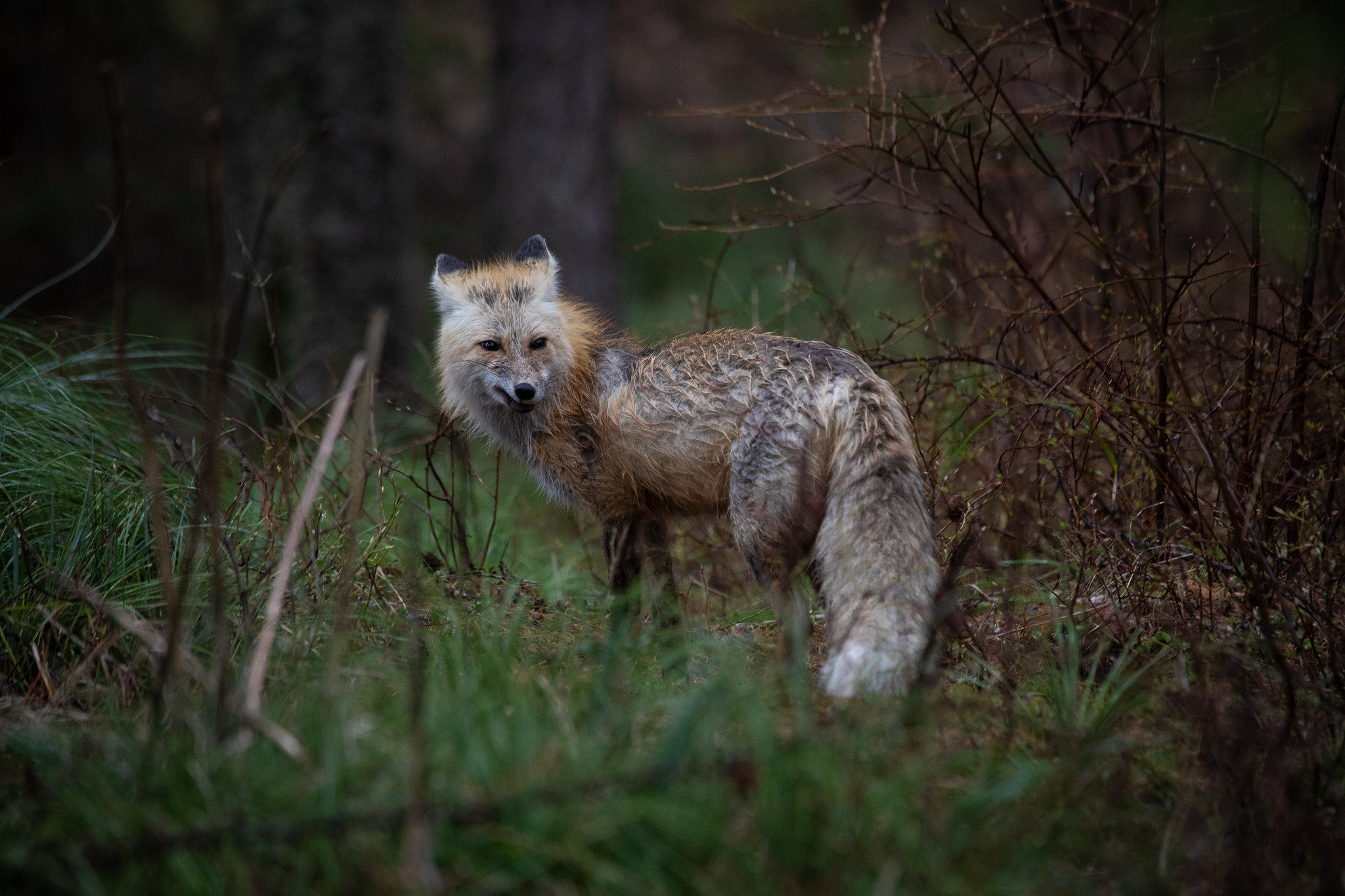
Red foxes are found throughout the northern hemisphere. In Glacier, they are adapted to a wide range of habitats, from open grasslands to dense forests. Most abundant in riparian areas and along the edges of forests, they are the smallest of the canids found in the park. Red foxes occur in several color phases, but they usually have reddish-yellow coats that are somewhat darker on the back and shoulders, black "socks" on their lower legs, and a white-tipped tail.
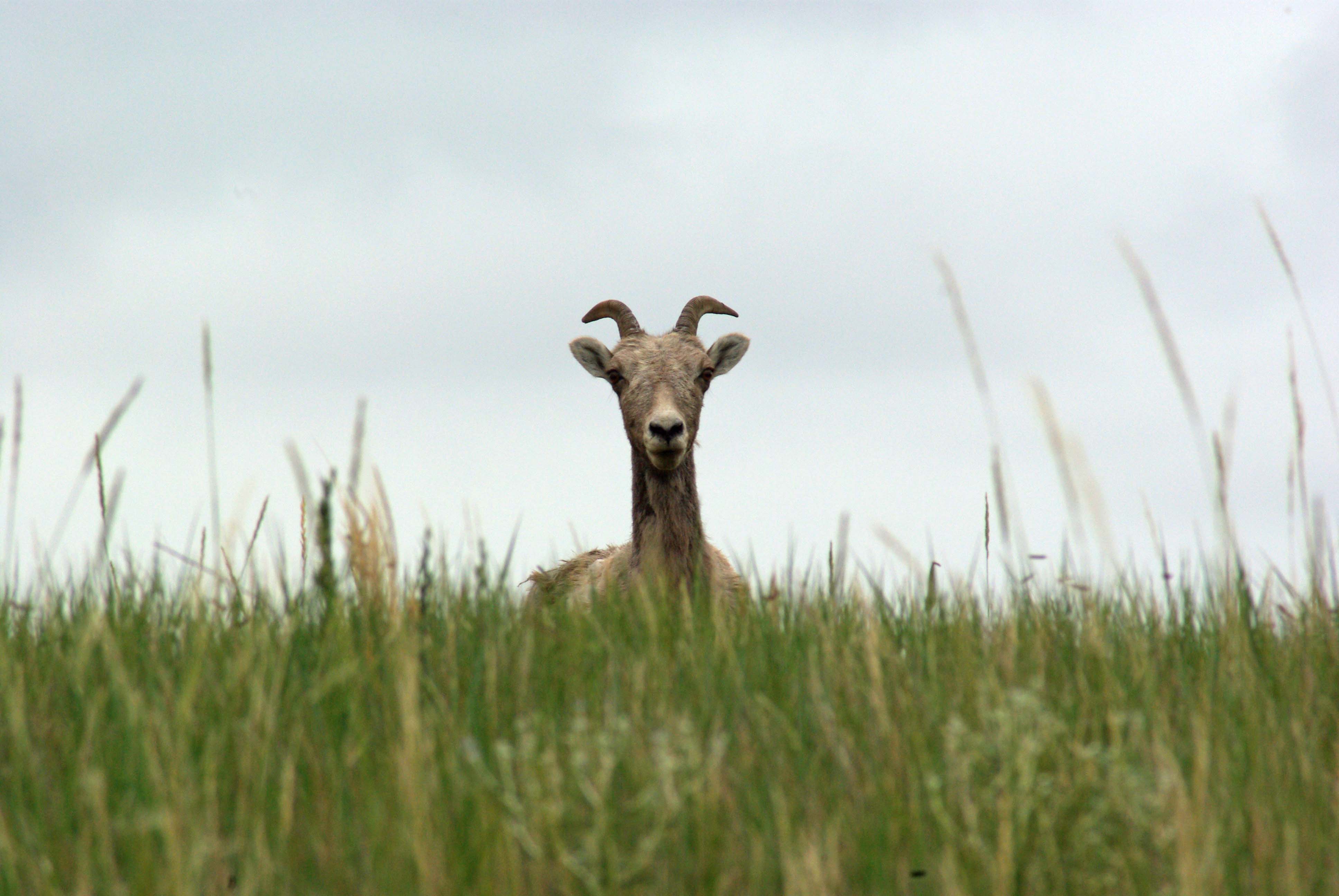
Bighorn sheep live in a variety of habitats throughout the year. During the summer, they can be found in meadows, fellfields, and on mid-elevation slopes bordered by cliffs and ledges. In the winter, sheep frequent windswept and south-facing valleys and ridges where forage is blown free of snow. Bighorn sheep can often be seen in the parking lot of Logan Pass licking antifreeze from the pavement, which is the most easily accessible source of salt in their diet.
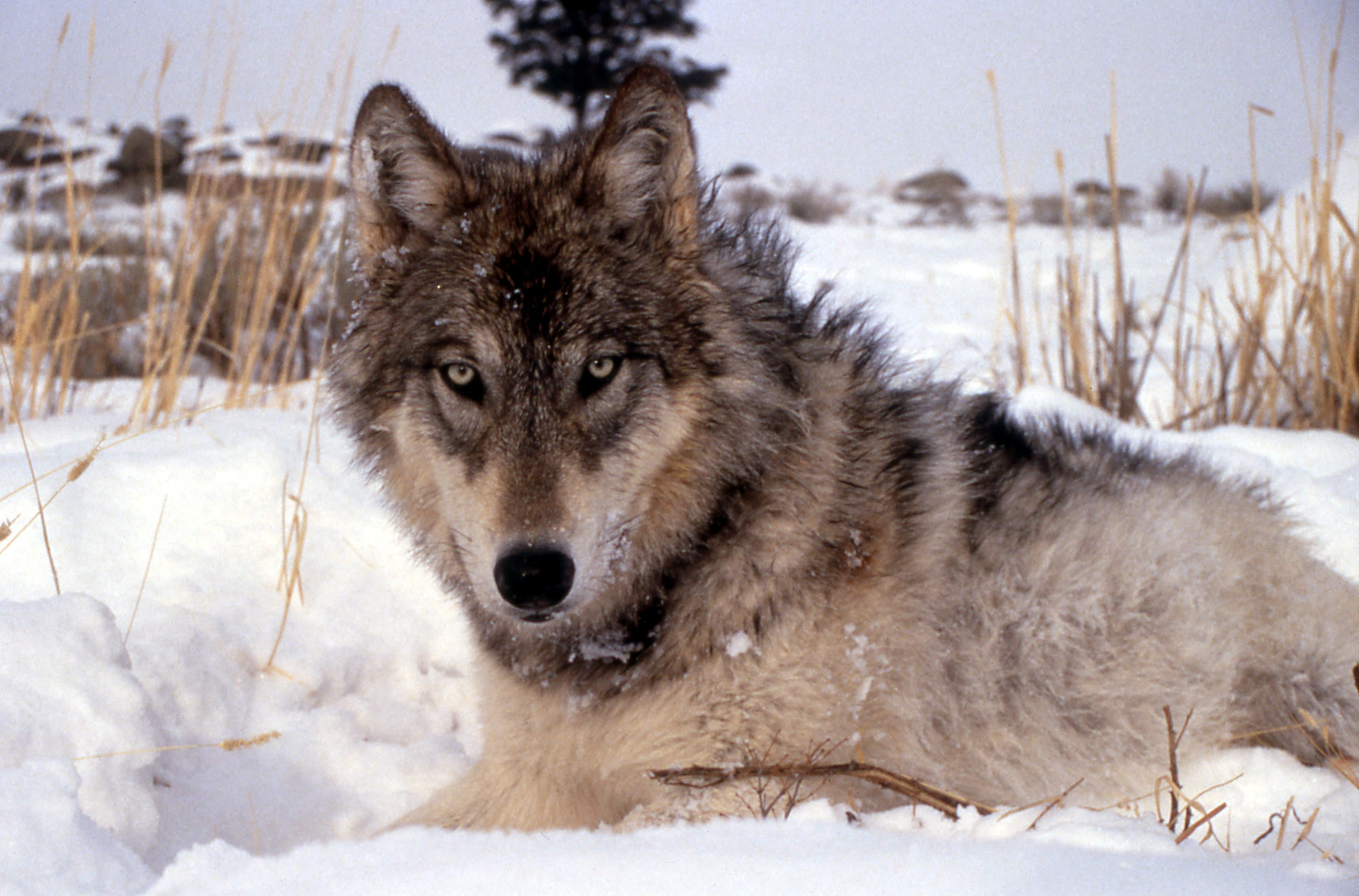
The subspecies of gray wolves (Canis lupus) found in Glacier is called the northern Rocky Mountain gray wolf (C. l. irremotus). There are three color variants: gray, white, and black. Wolves are secretive and elusive creatures, with sightings primarily being of lone wolves or pairs.
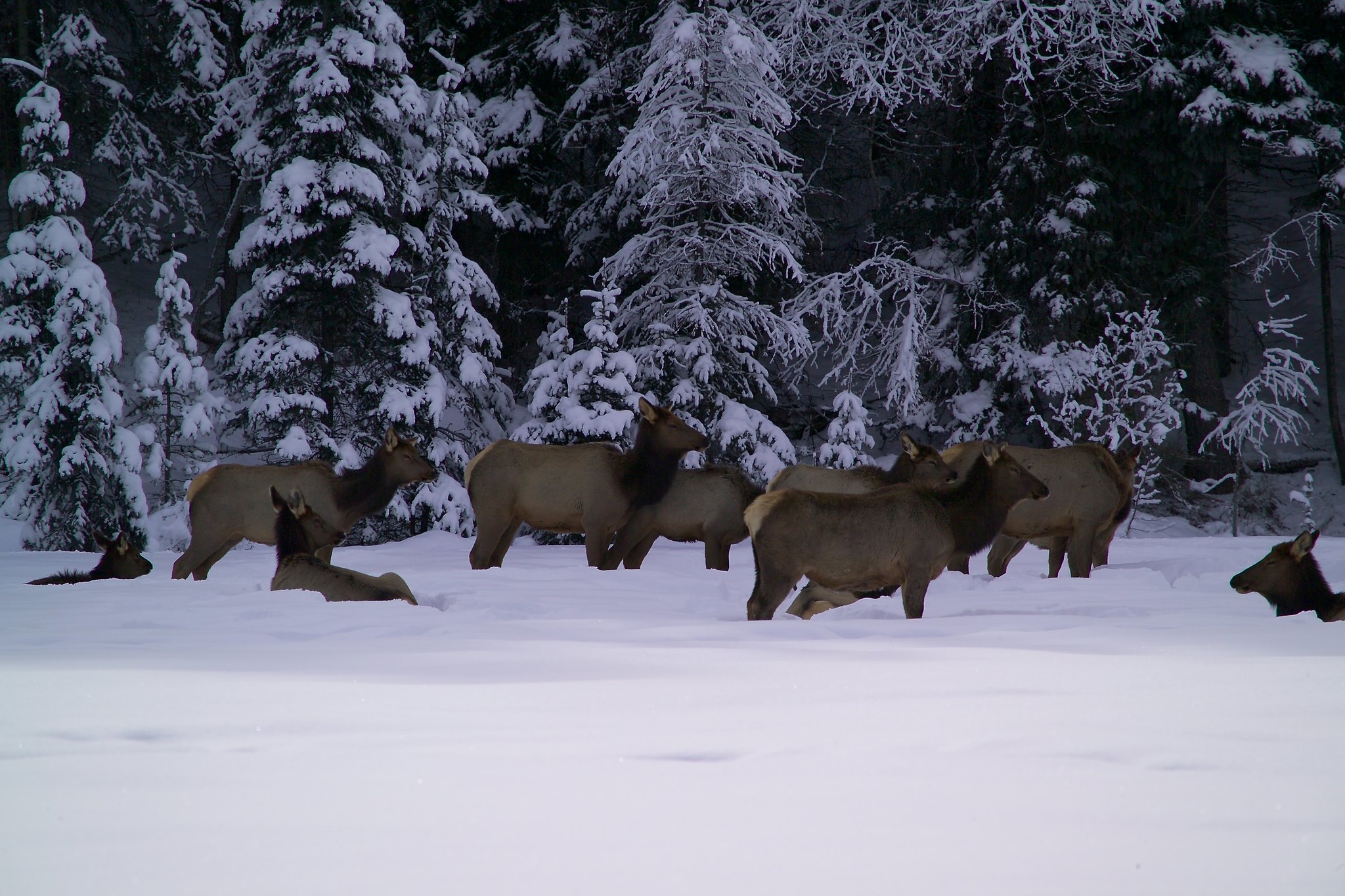
Glacier provides a summer range for a significant number of elk, while most winter at lower elevations outside the park. The subspecies occuring in Glacier is the Rocky Mountain elk (C. c. nelsoni). They feed on grasses, sedges, other herbs and shrubs, bark of aspen trees, conifer needles, burned bark, and aquatic plants.
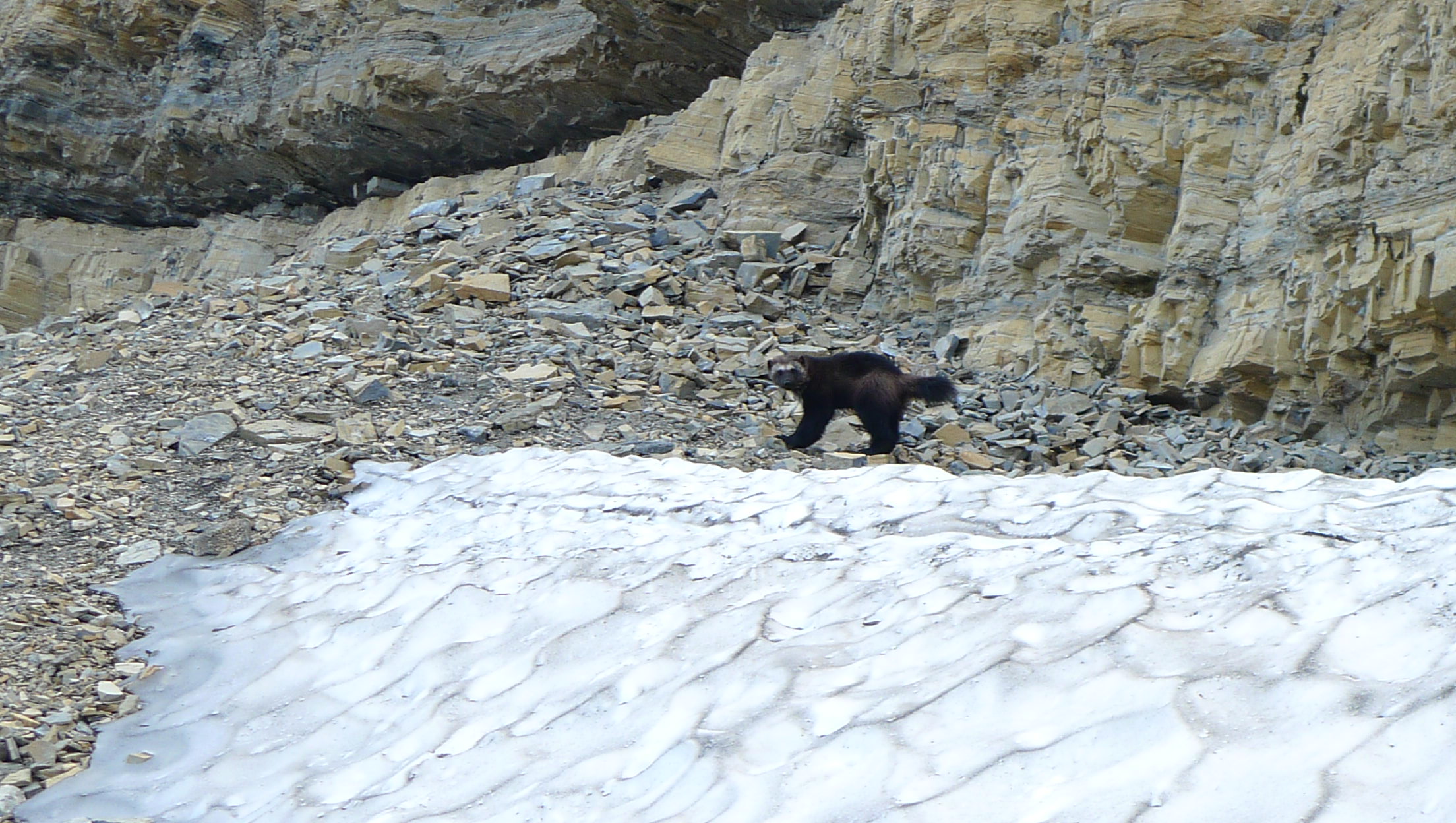
A mid-sized carnivore in the weasel family, the wolverine is active throughout the year in cold, snowy environments to which it is well-adapted. Wolverines are rarely seen and inhabit remote terrain. They are also known as one of the rarest and most elusive carnivores on the planet.
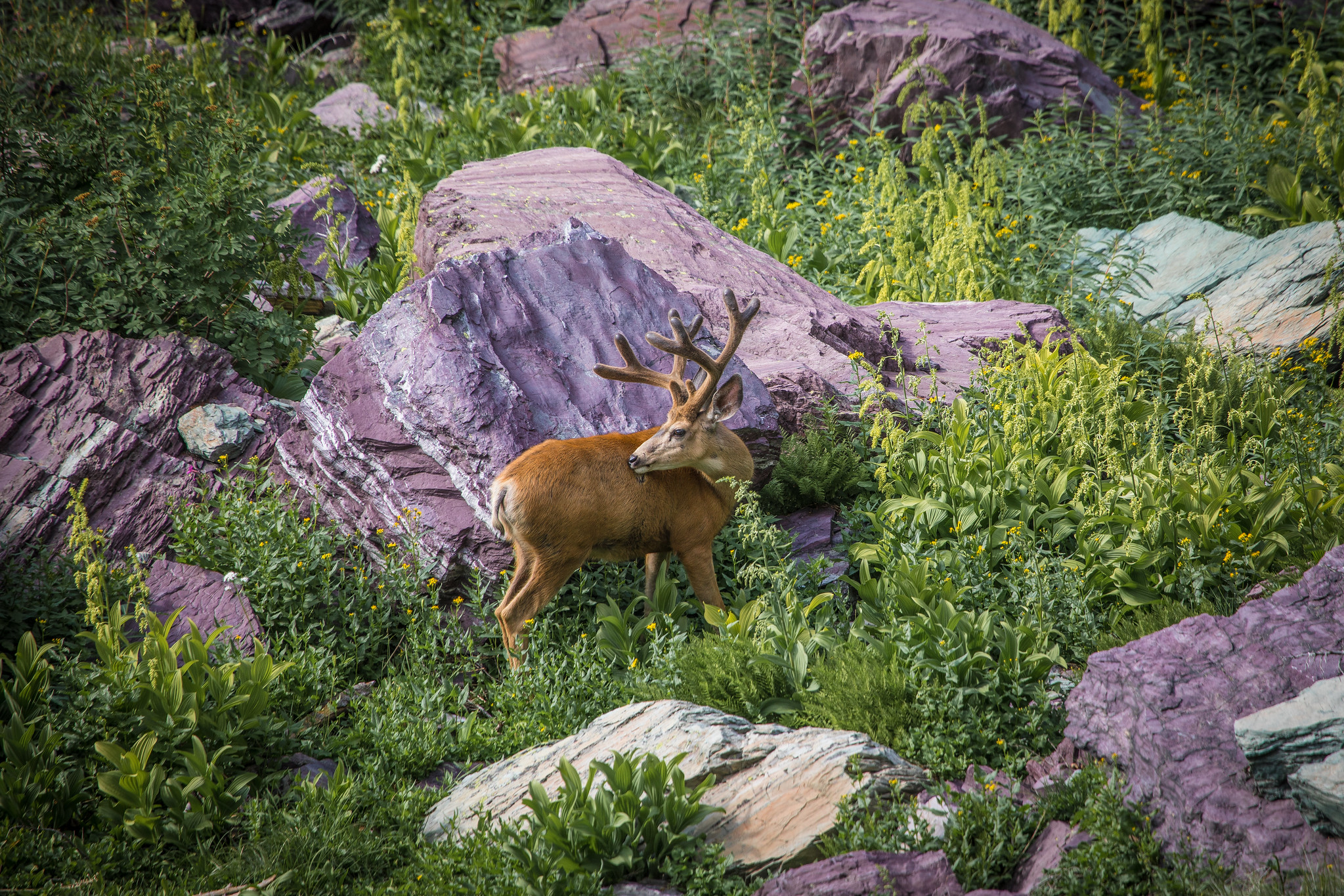
Two types of deer are commonly seen thorughout Glacier: the northwestern white-tailed deer (O. v. ochrourus) and the Rocky Mountain mule deer (O. h. hemionus). Both will flee when in danger. Males grow antlers from April or May through August or September and then shed them in the spring.
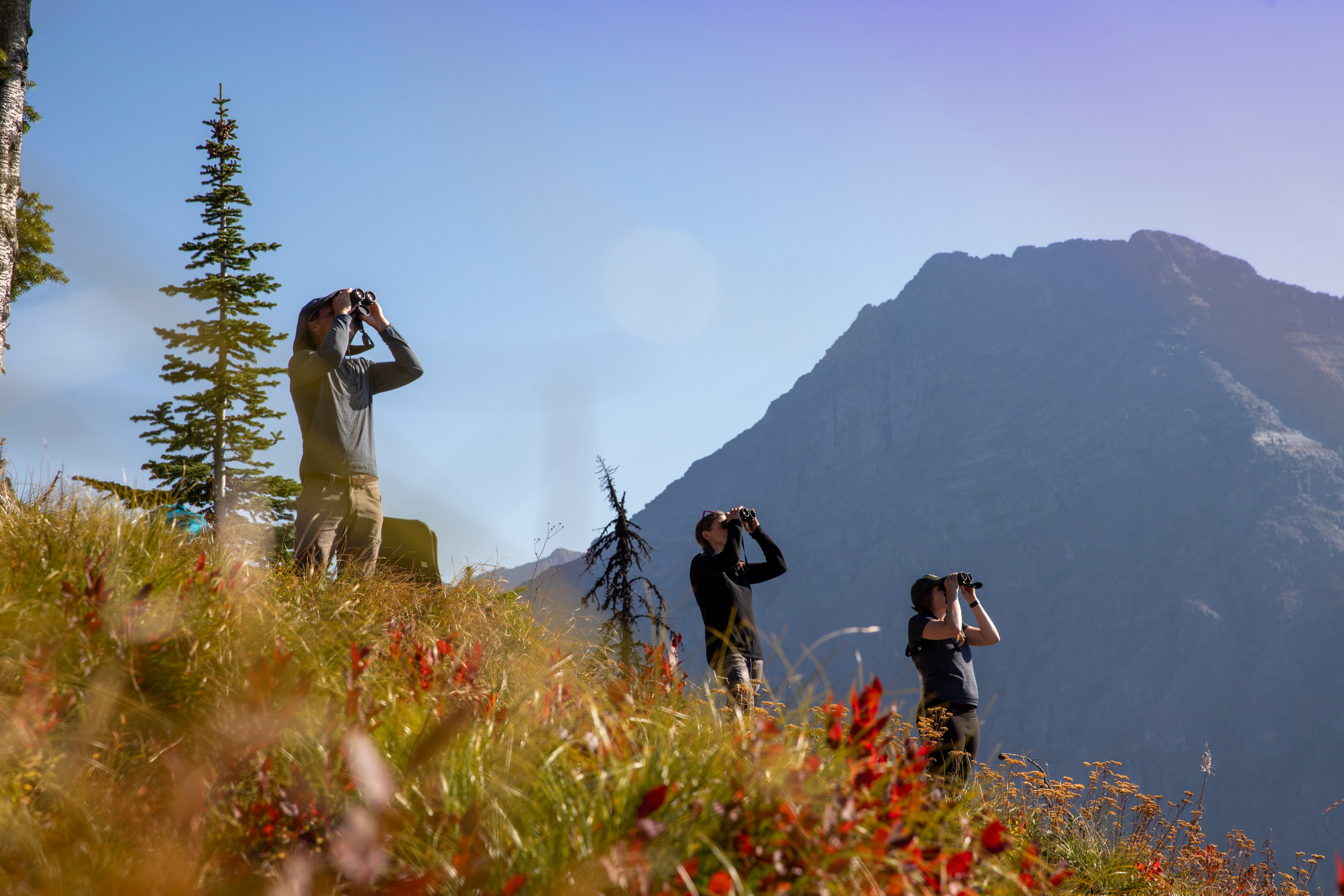
Glacier provides a wonderful opportunity to birdwatch, with plenty of spaces for birders of all ages to sit, listen, and observe the sights and sounds of nature. With 279 documented species including raptors, songbirds, shorebirds, and waterfowl, the park’s variation in elevation and habitat types contribute to a high diversity of bird life.
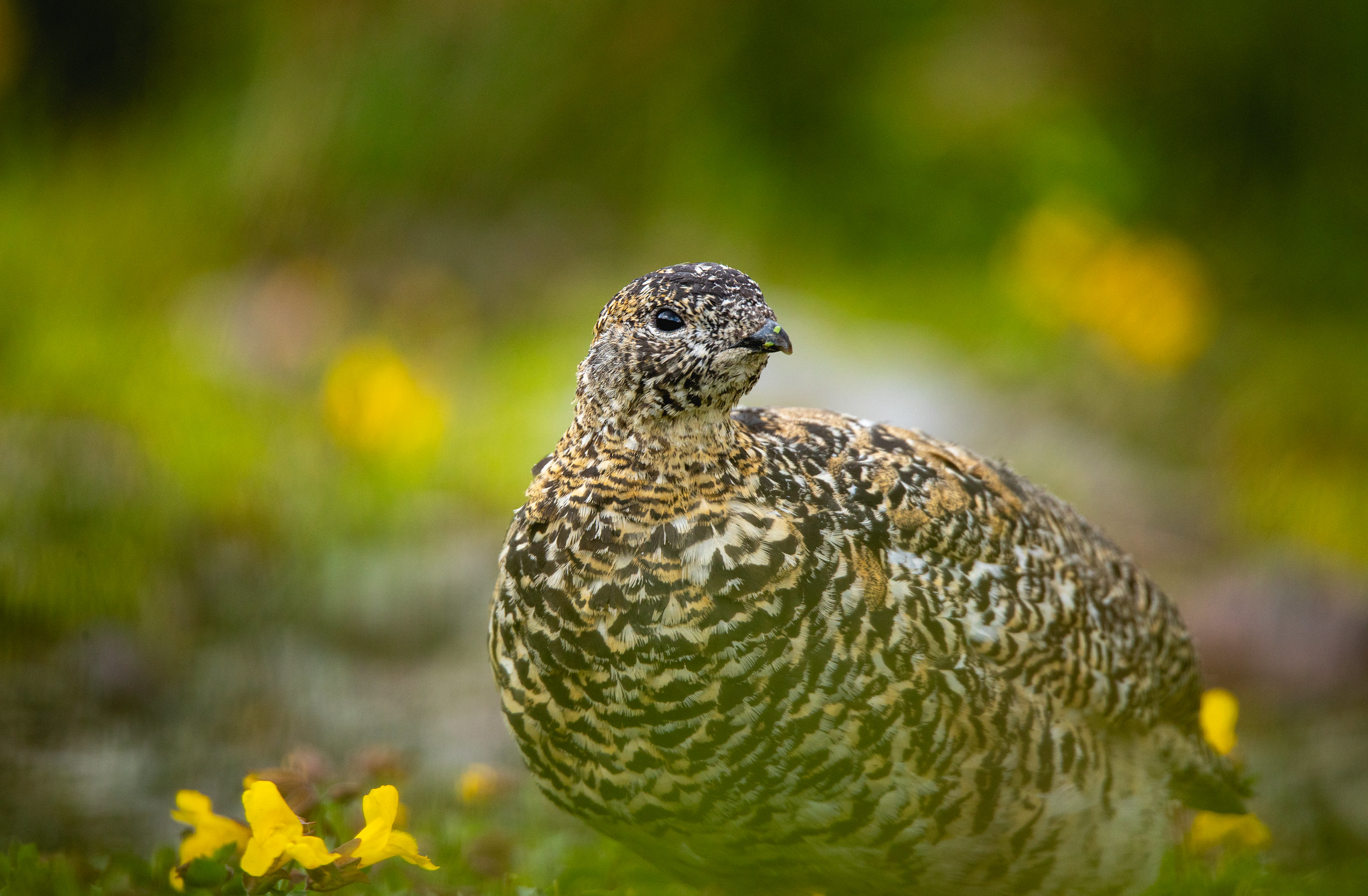
The white-tailed ptarmigan is a medium to large chicken-like member of the grouse family. They are completely white in winter and barred grayish-brown in summer with white wings and tails and feathered feet. Breeding males will have a broad band of black markings across the chest and have red eye combs. Like chickens, they make clucking noises.
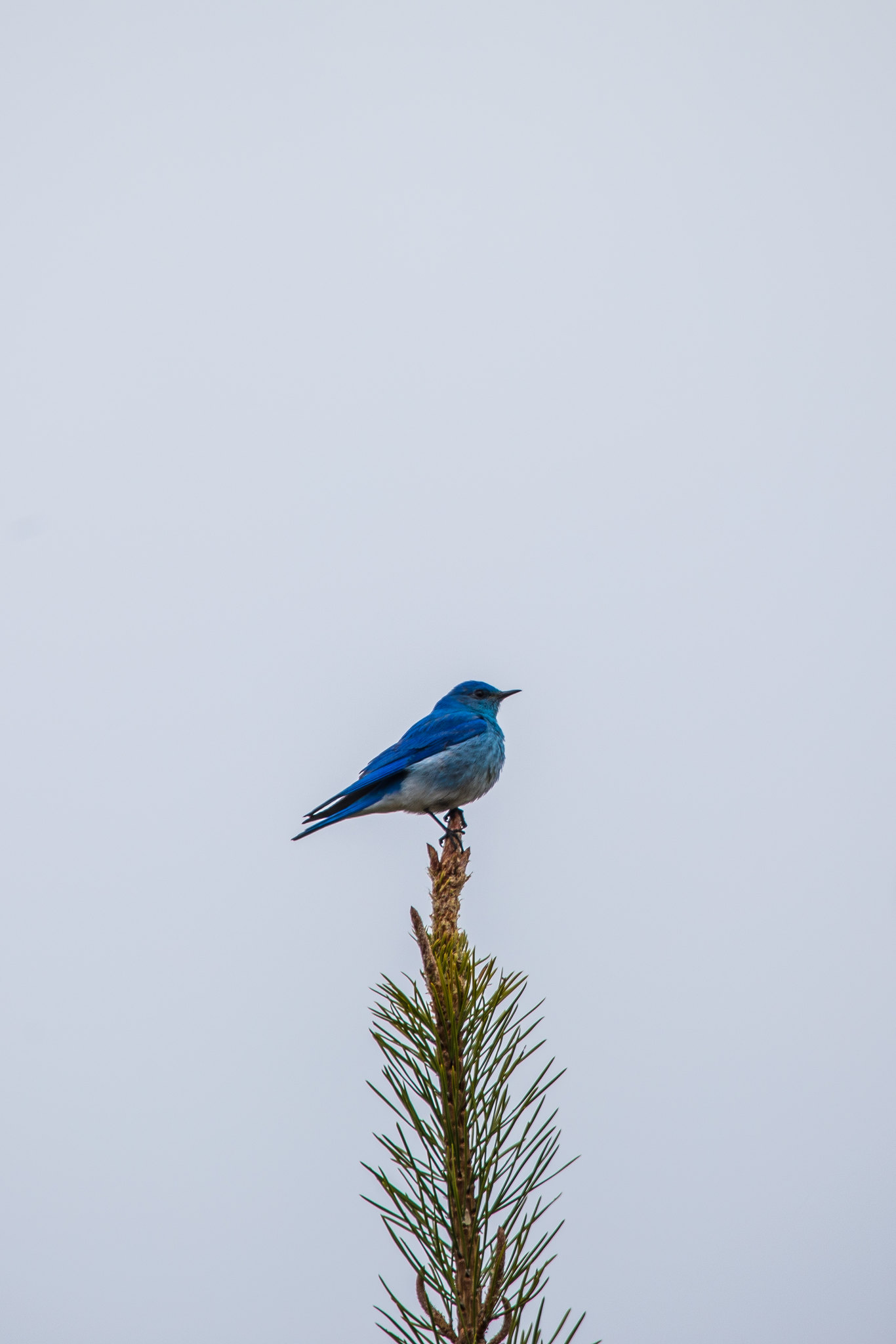
The mountain bluebird is a small bird with a round head and a straight, thin bill. Adult males are bright sky-blue, somewhat paler underneath. Adult females have duller blue wings and tails with gray breasts, crowns, throats, and backs. Their call sounds similar to a thin “tew” while their song is a warbled high “chur chur.”
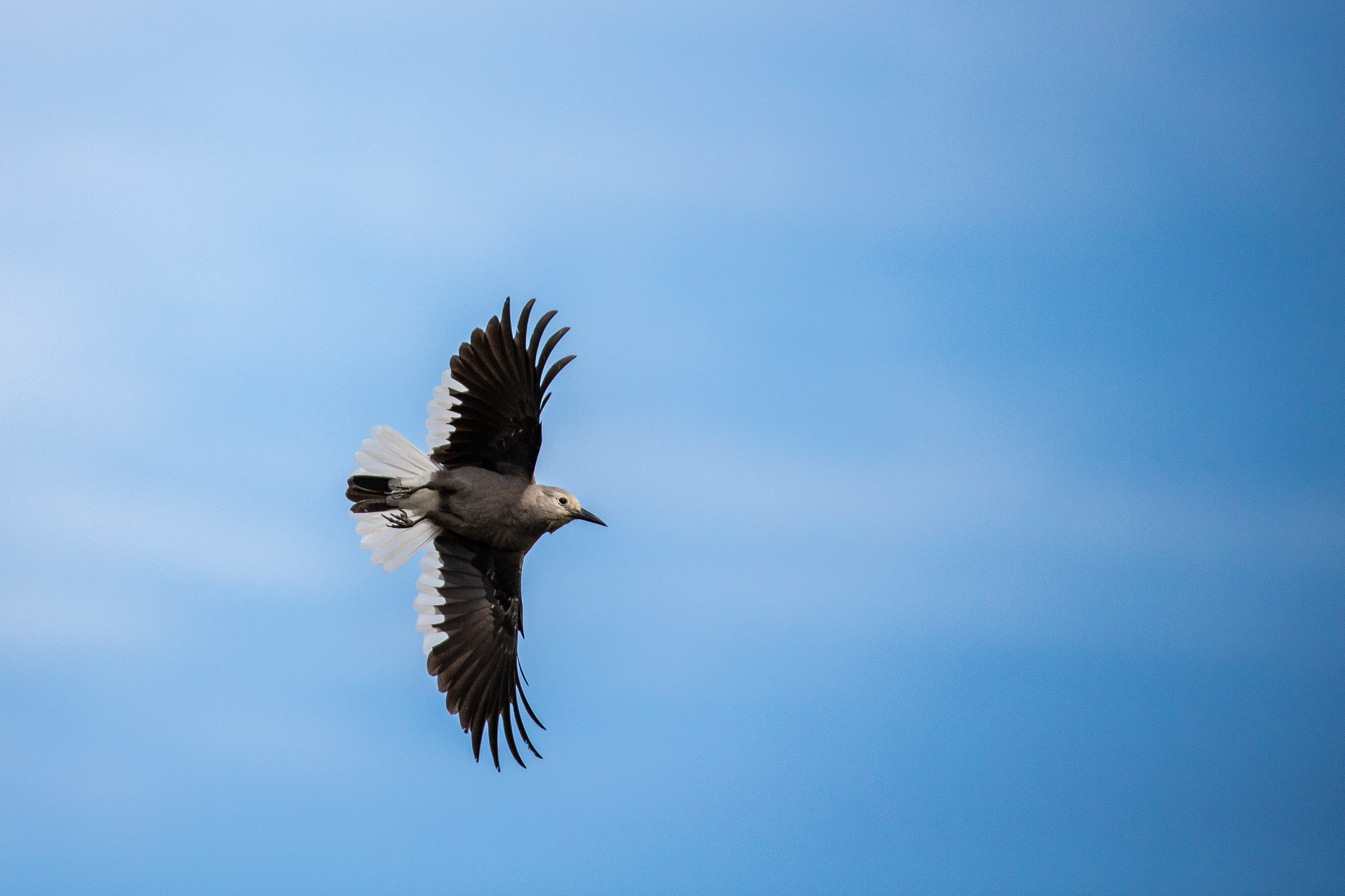
The Clark’s nutcracker has a pale- gray body, black wings with large white patches along the trailing edges, and a black tail with broad white stripes on either side. These birds typically travel in small flocks and call back and forth to communicate. They have a long, harsh, rising call that sounds similar to “shraaaaaaa.”
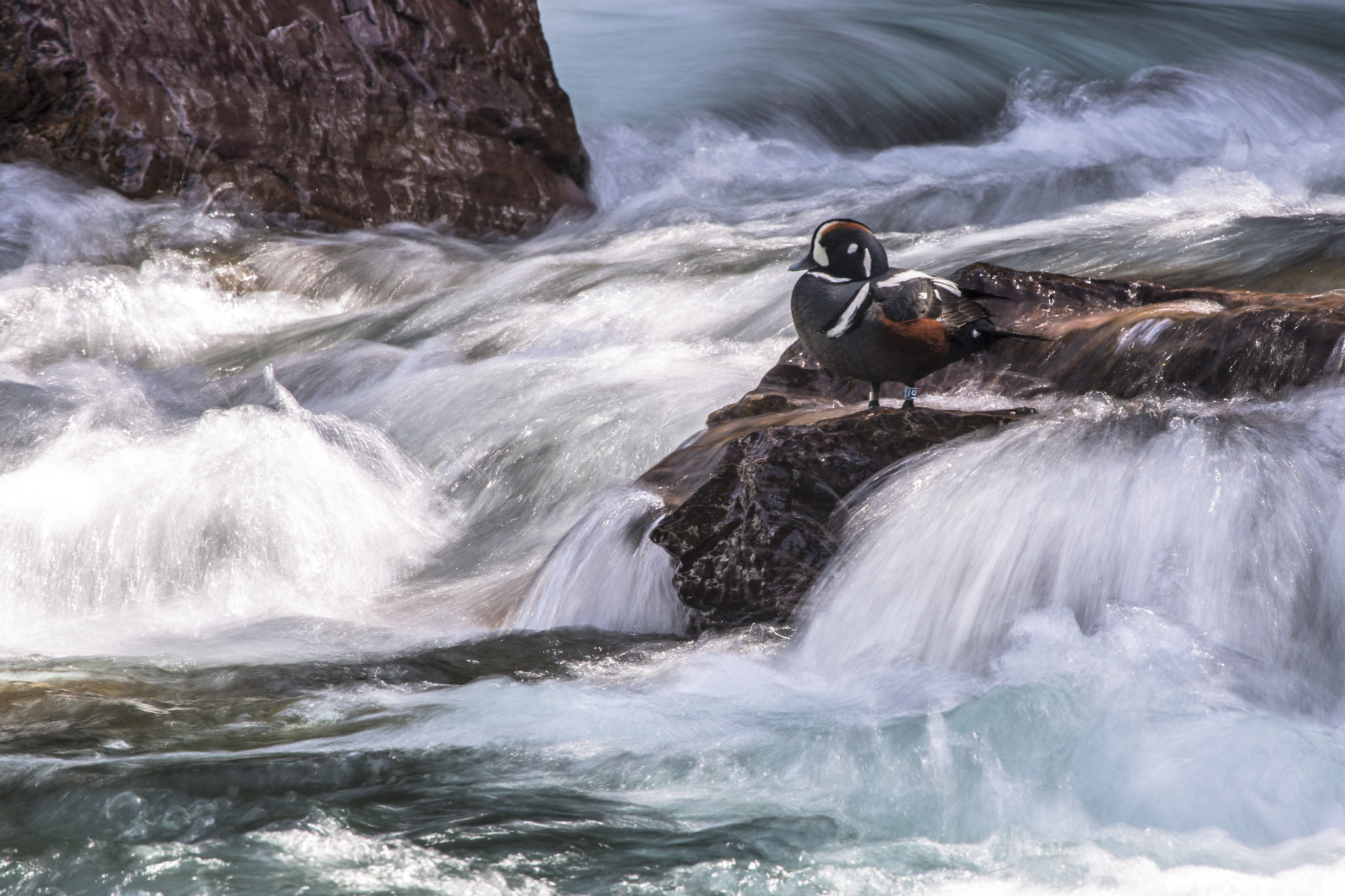
One-quarter of Montana’s harlequin duck broods are born in Glacier National Park. These birds have a low reproductive rate and are very susceptible to habitat loss and degradation. Because of these characteristics, they are listed as a Species of Concern in the state of Montana.
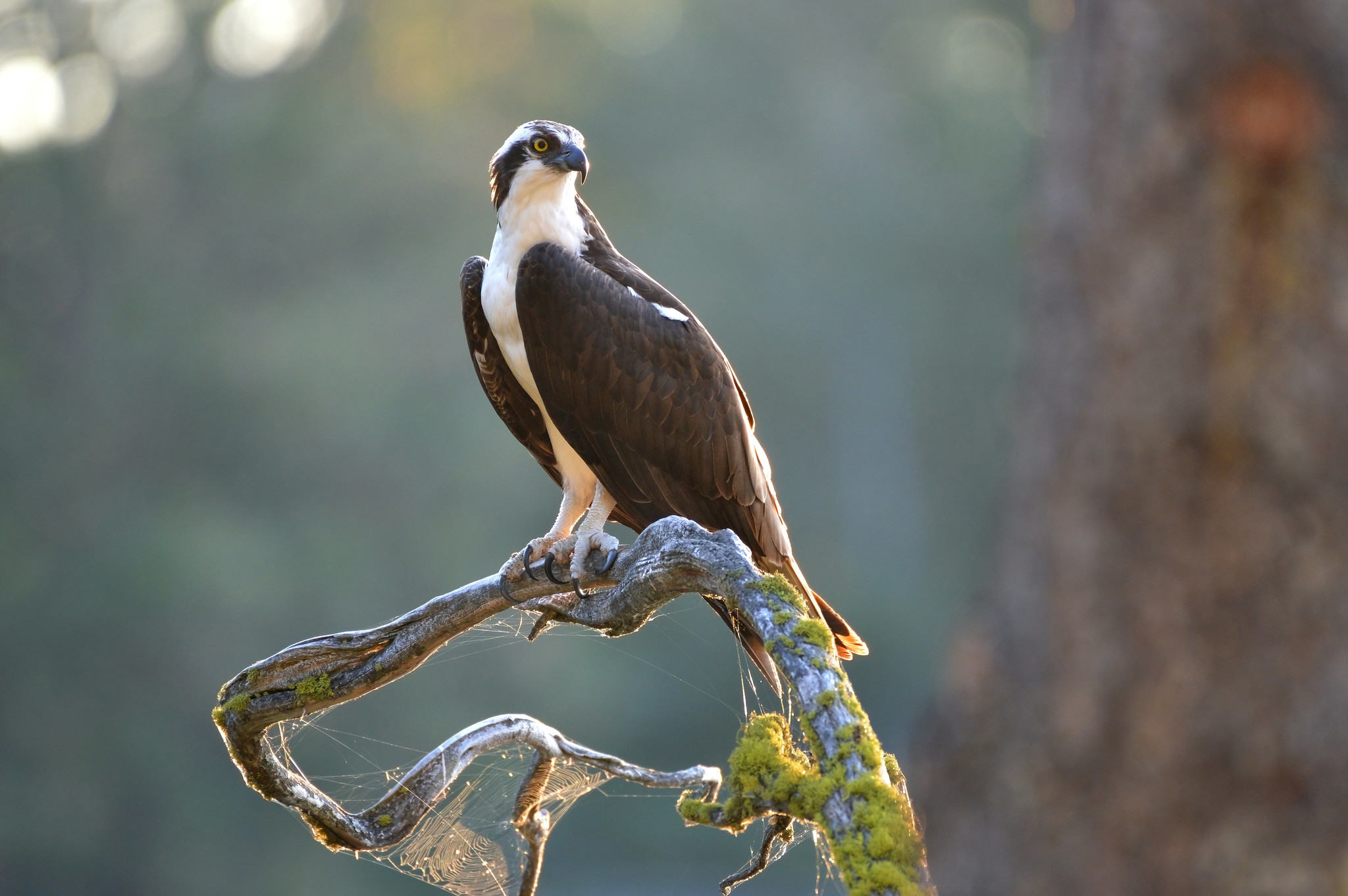
A large bird with a slim body, the osprey has long, narrow wings that have a sharp bend in flight resembling the letter “M.” Ospreys have dark-brown feathers on their back and are white underneath. They also have a notable dark mark at the “wrist” of their wing. An osprey’s call is high-pitched with a series of short, slightly wavering screeches that sound like “too-too-too-tee-tee-tee-tee-too-too.”
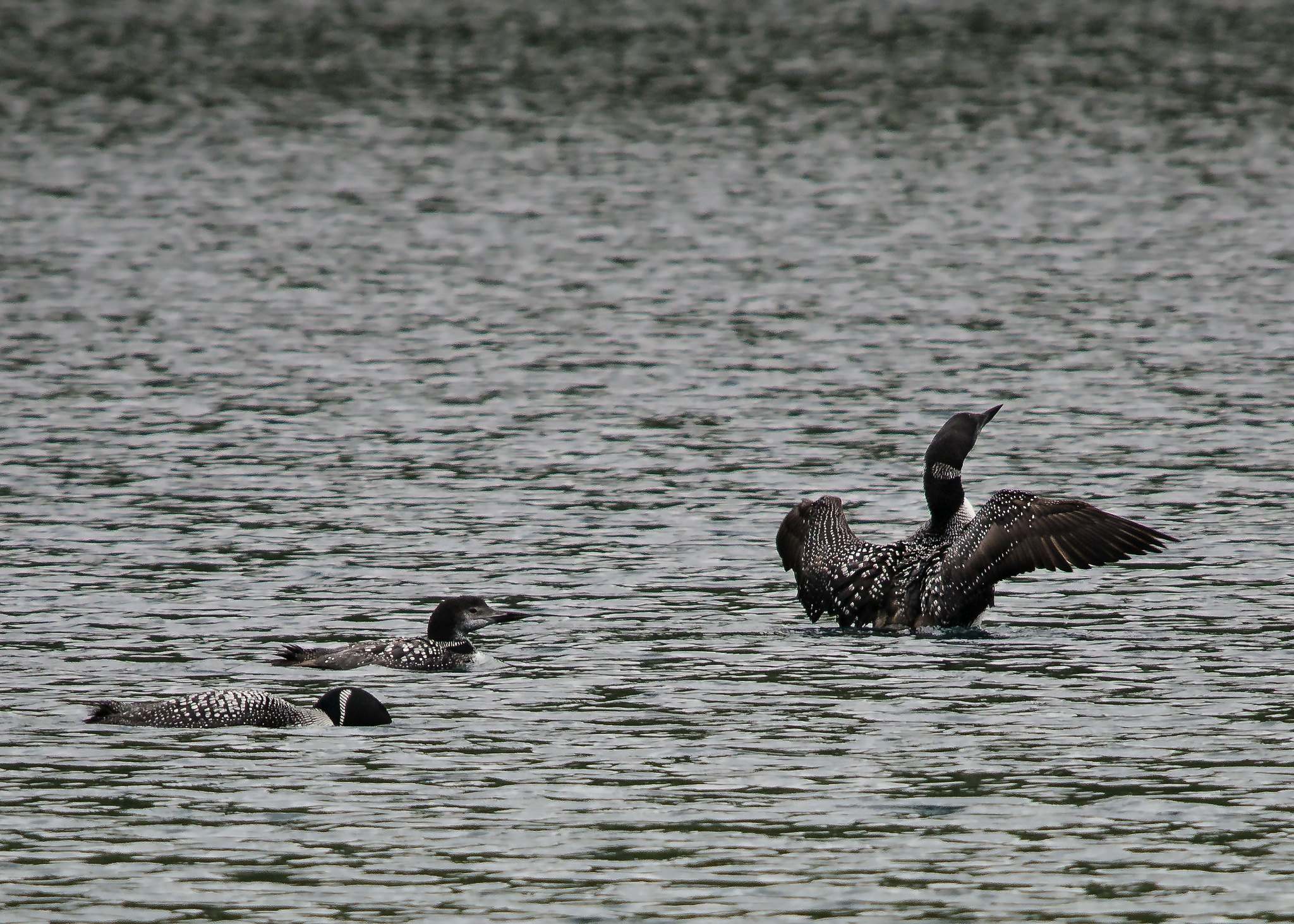
One-fifth of Montana’s nesting loons are in Glacier National Park. Because of their limited range, small population, sensitivity to human disturbance, and loss of breeding habitats outside of the park, they are listed as a Species of Special Concern in Montana. Human disturbance along shores or getting too close to these birds can cause stress and may cause them to abandon their nests.
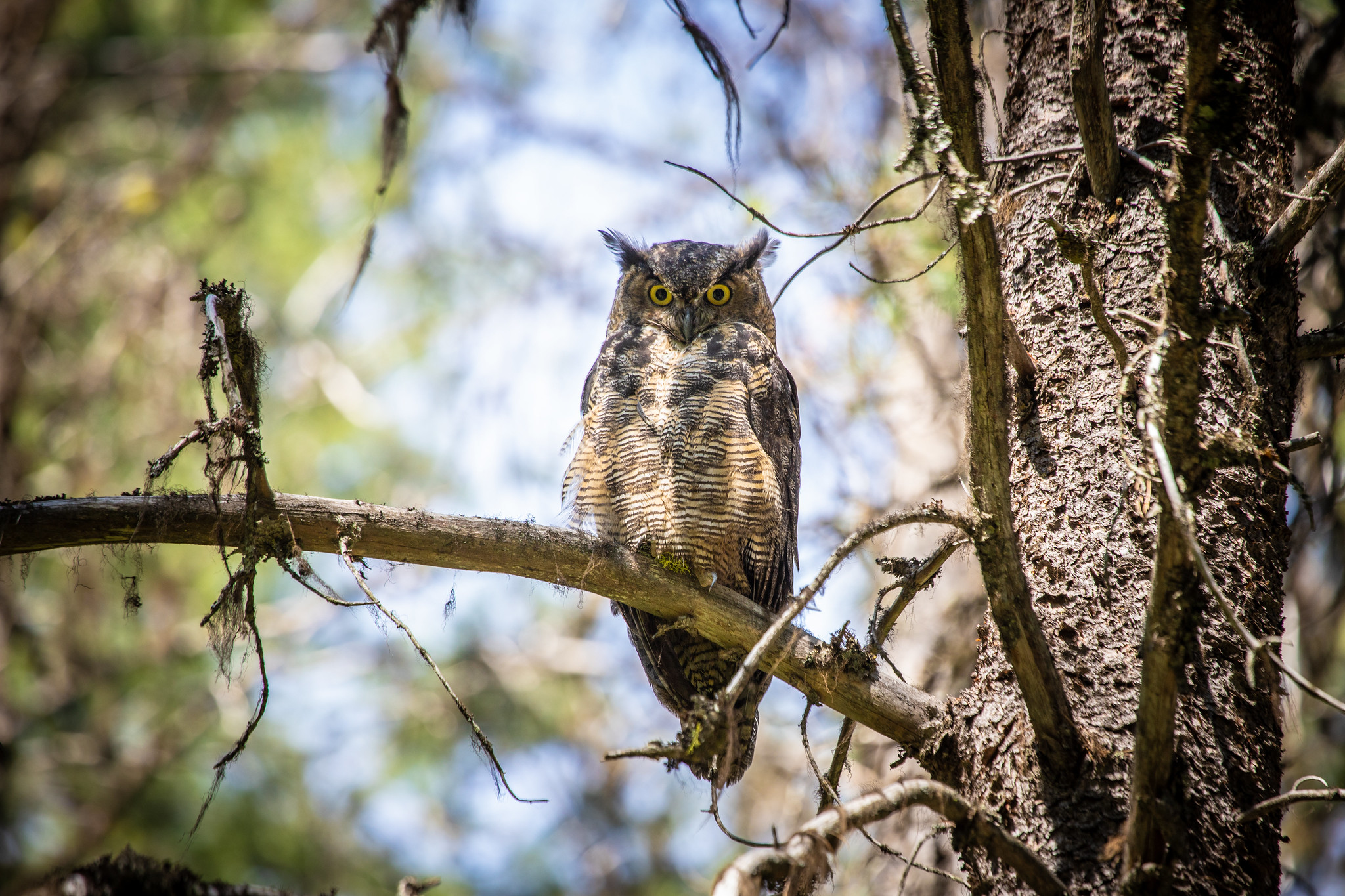
There are four species of owls documented within Glacier, but their nocturnal nature may make it difficult to hear or see one of them while visiting.
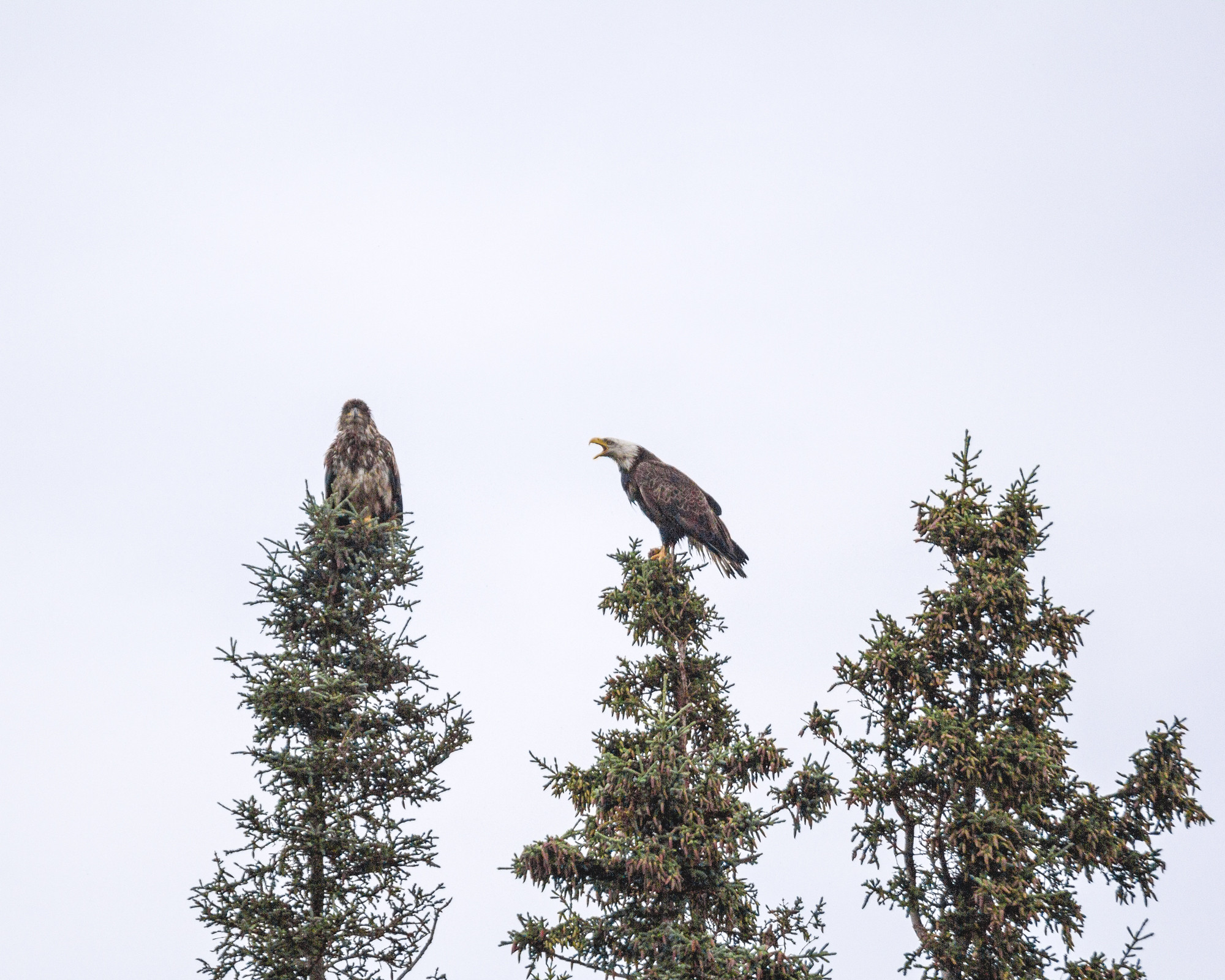
The bald eagle (Haliaeetus leucocephalus) and the golden eagle (Aquila chrysaetos) can both be seen soaring over Glacier’s skies. As one of the most important golden eagle migration routes in North America, Glacier established a Hawk Watch International site in 2018 to monitor raptors during fall migration. Research has shown that human presence can disturb eagle nesting and foraging, so known nest areas in national parks are often closed to visitors.
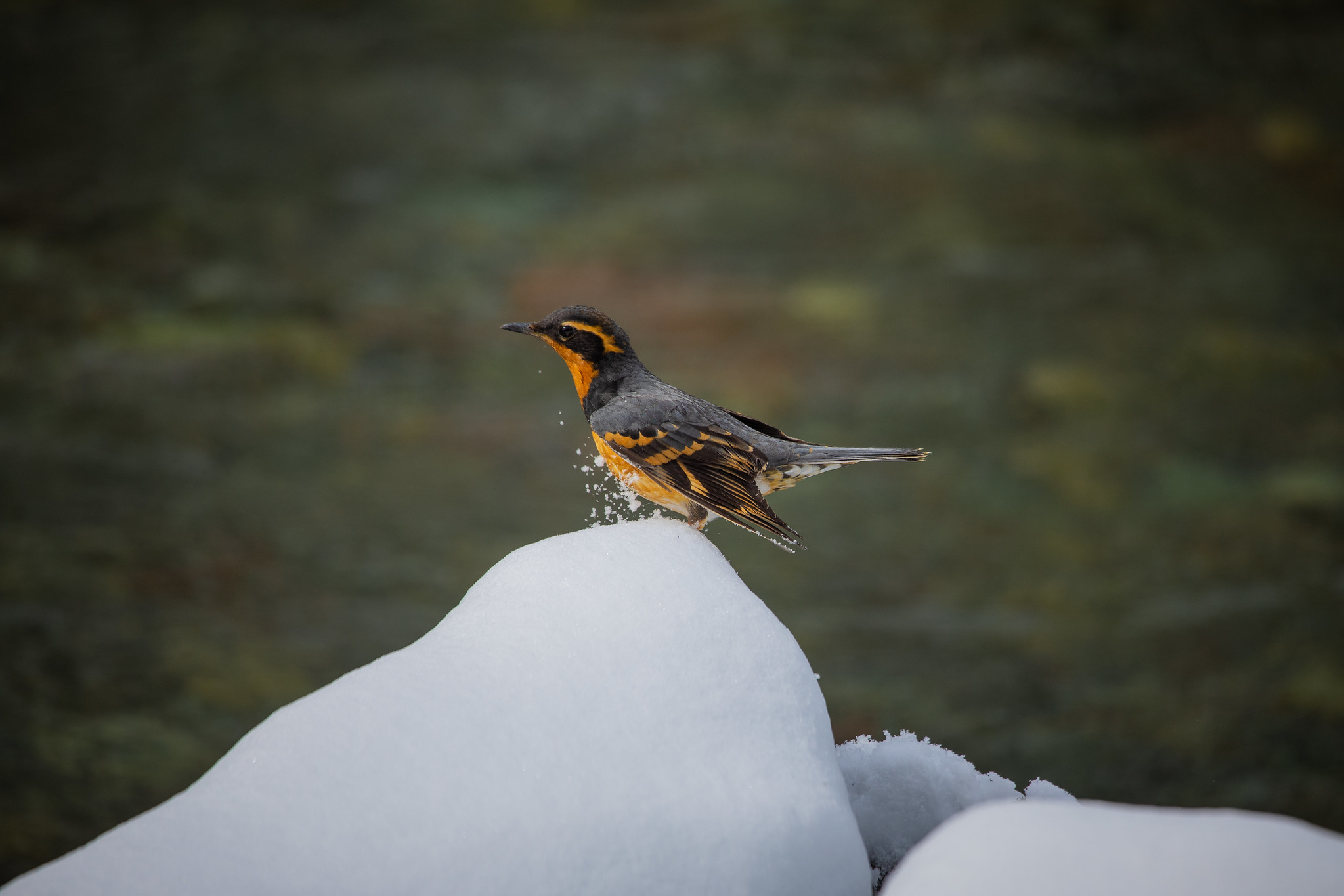
These secretive birds rarely flaunt their flashy colors. Instead, they sing shyly from dense forests. Adult males have a light orange line over the eyes, blue-gray backs, and a burnt-orange throat and belly separated by a dark breast band but are heard much more often than seen. They have a distinctive song of a long, single whistle on one pitch; it can sometimes be mistaken for a human distress whistle.
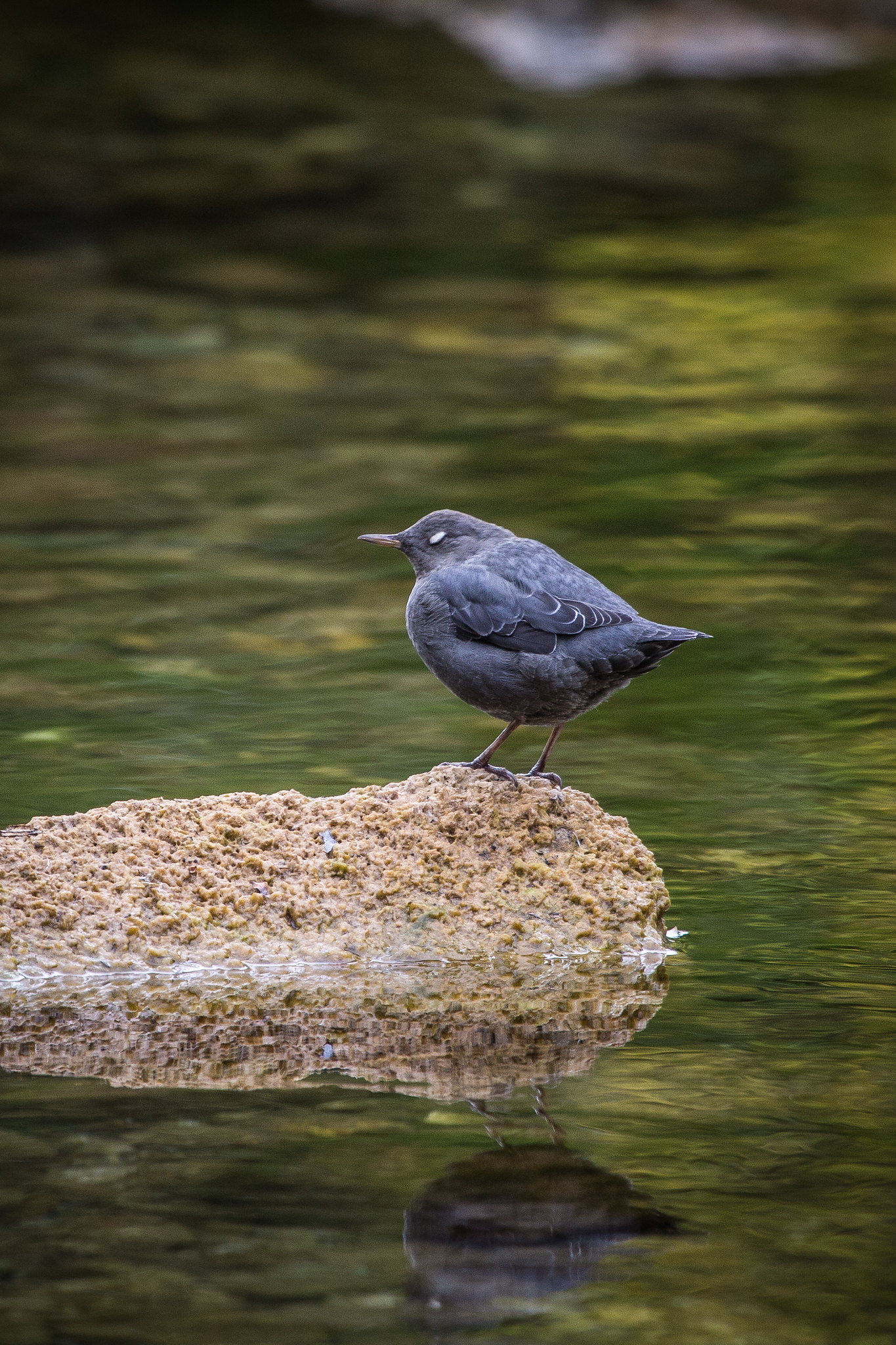
The American dipper is a stocky, round-bodied bird with grayish-brown feathers, a dark bill, and long, pale legs. The bird gets its name from bobbing up and down while standing, a funny but easily identifying trait. They sing a high-pitched song that is a series of whistled phrases, each repeated two to four times with a buzzy call that sounds similar to “dzeet.”
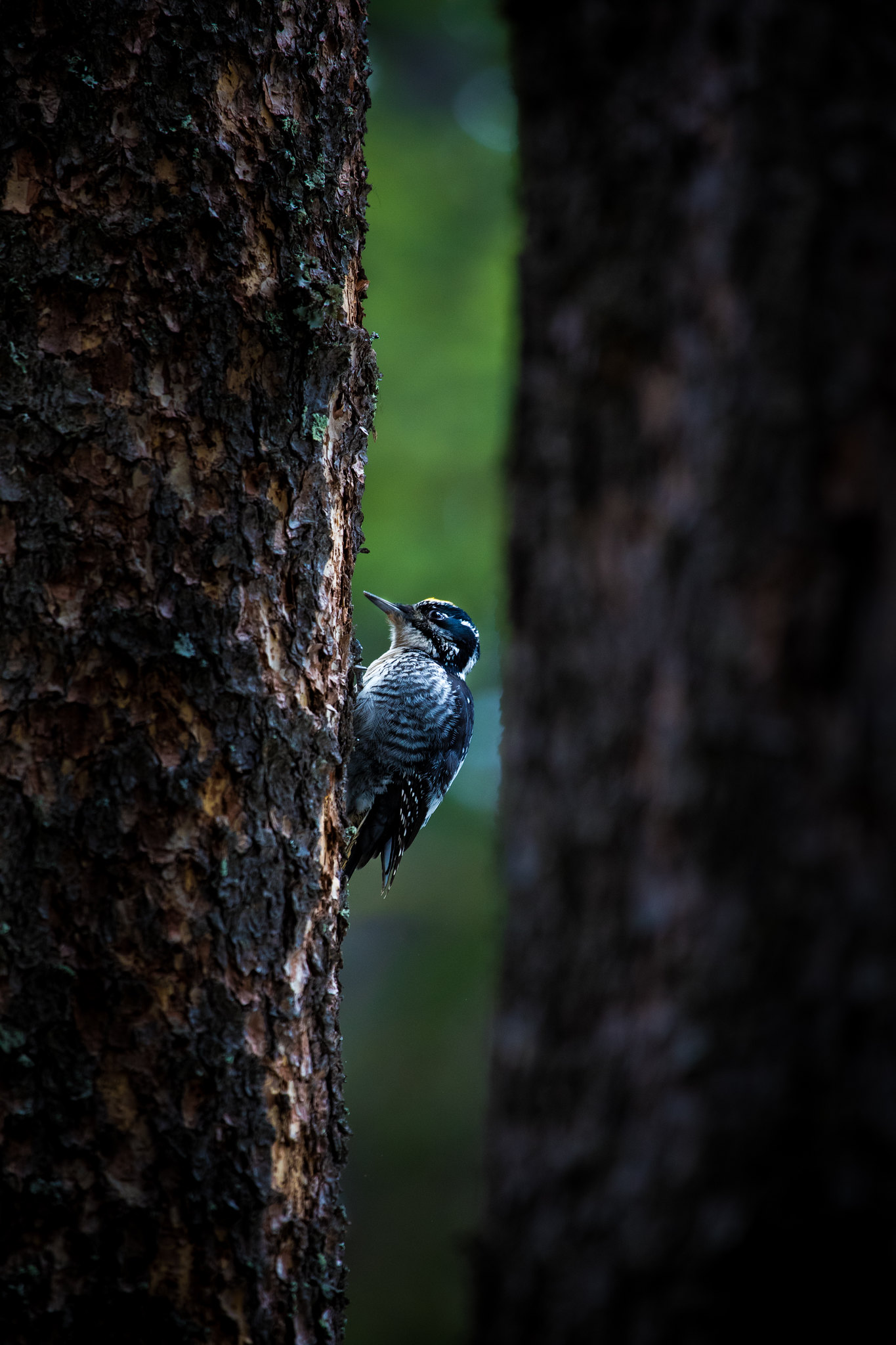
Glacier is the perfect home for several fire-adapted woodpeckers. These are birds that depend on regular wildfire to create their habitat. Listen for “thunks” or knocking sounds of woodpeckers as they excavate tree cavities in search of a meal.

Glacier National Park has many members of the weasel family that call the park home. Two of those animals are the short-tailed weasel or ermine (Mustela erminea) and the long-tailed weasel (Mustela frenata).
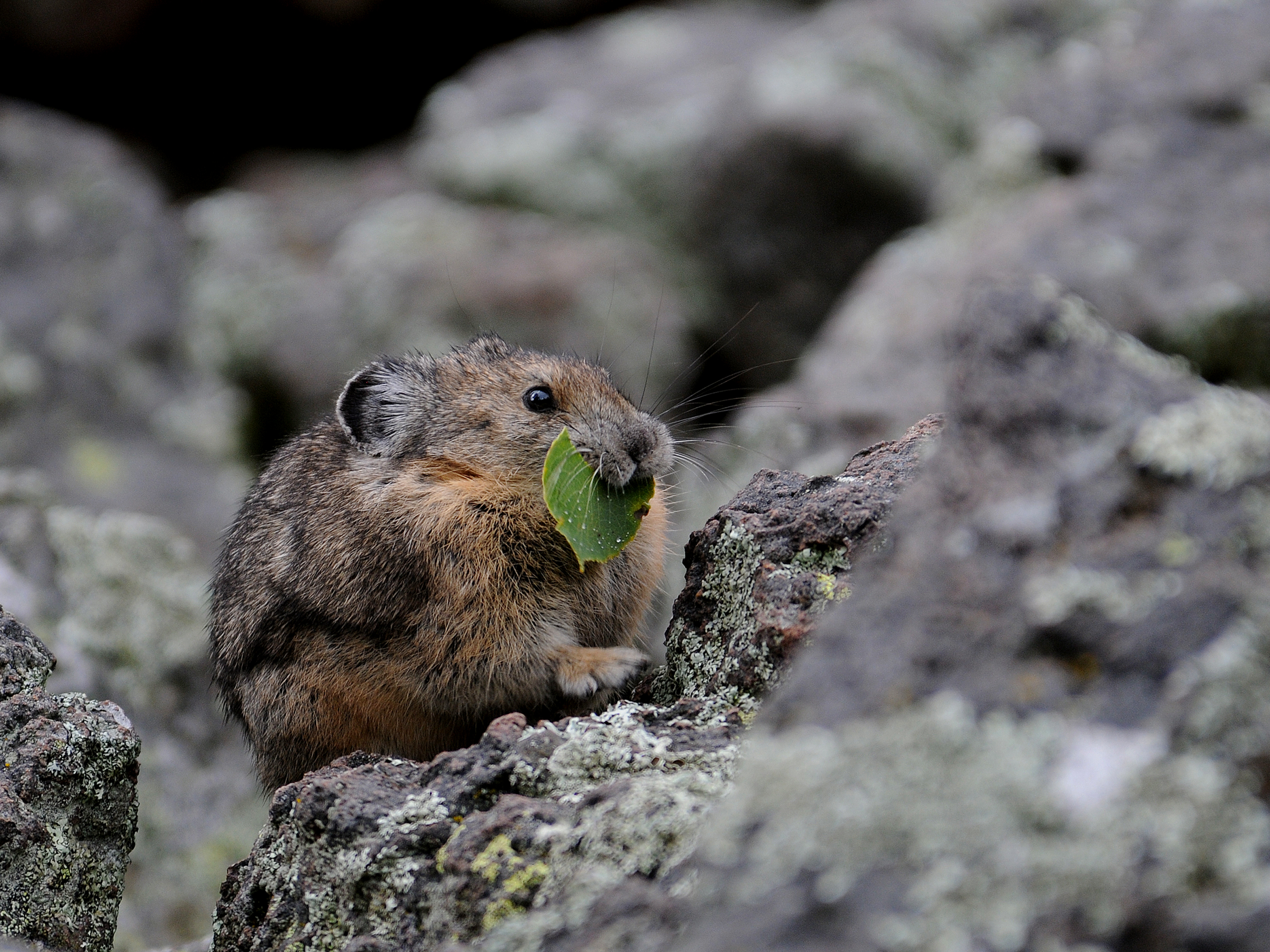
The American pika, a member of the order Lagomopha, is not a rodent, but related to rabbits and hares. Piles of drying vegetation, called haystacks, and a distinctive high-pitched call are the most recognizable indicators of active pika habitat. Pikas are sensitive to temperatures above 77.9°F (25.5°C); therefore, they are most active during cooler parts of the day.
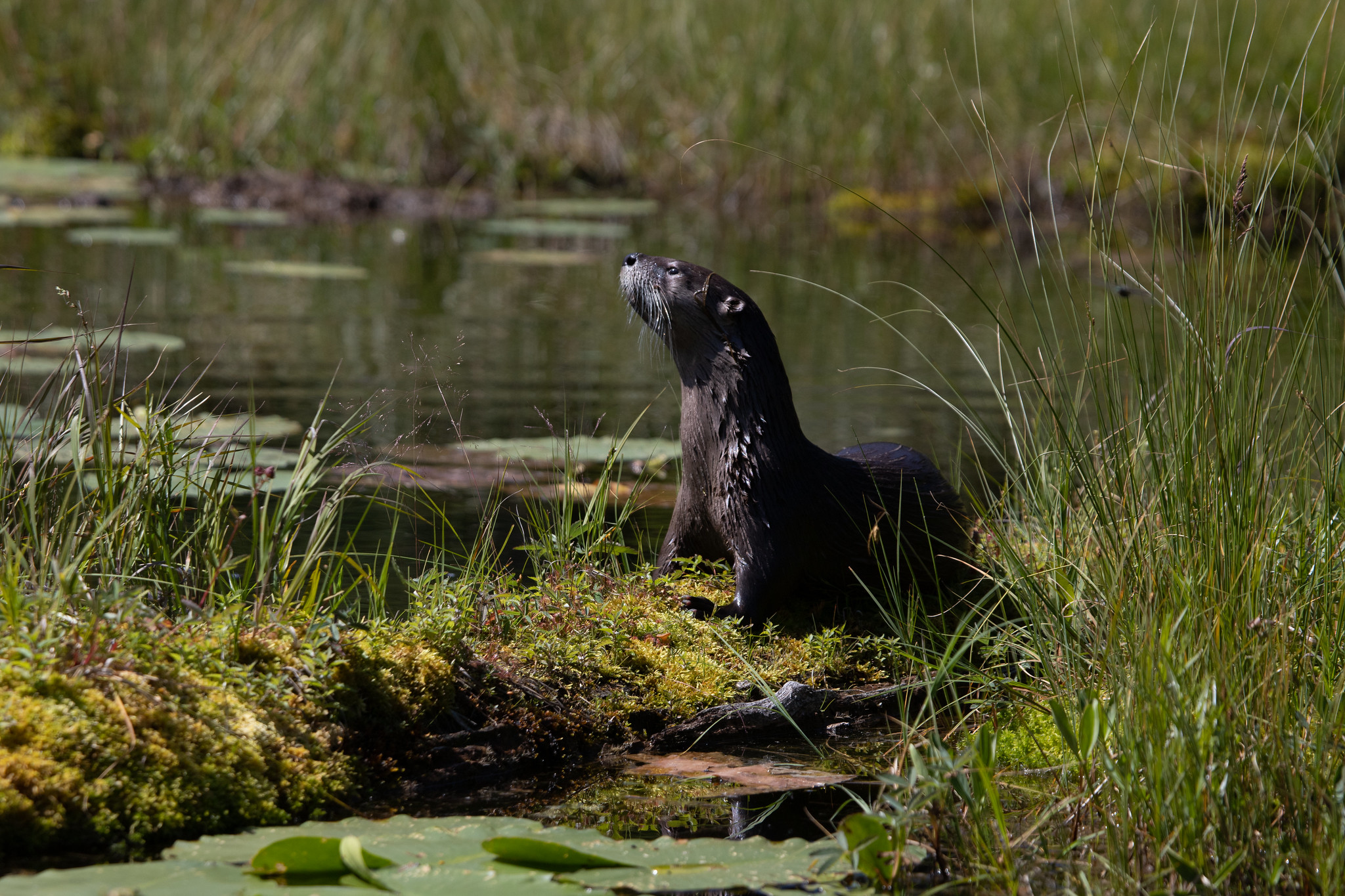
The northern river otter is the most aquatic member of the weasel family. They can swim underwater up to 6 miles per hour (9.6 kph) for two to three minutes at a time. They aren't as agile or fast on land unless they find snow or ice, where they can move rapidly by alternating hops and slides reaching speads of 15 miles per hour (24 kph)
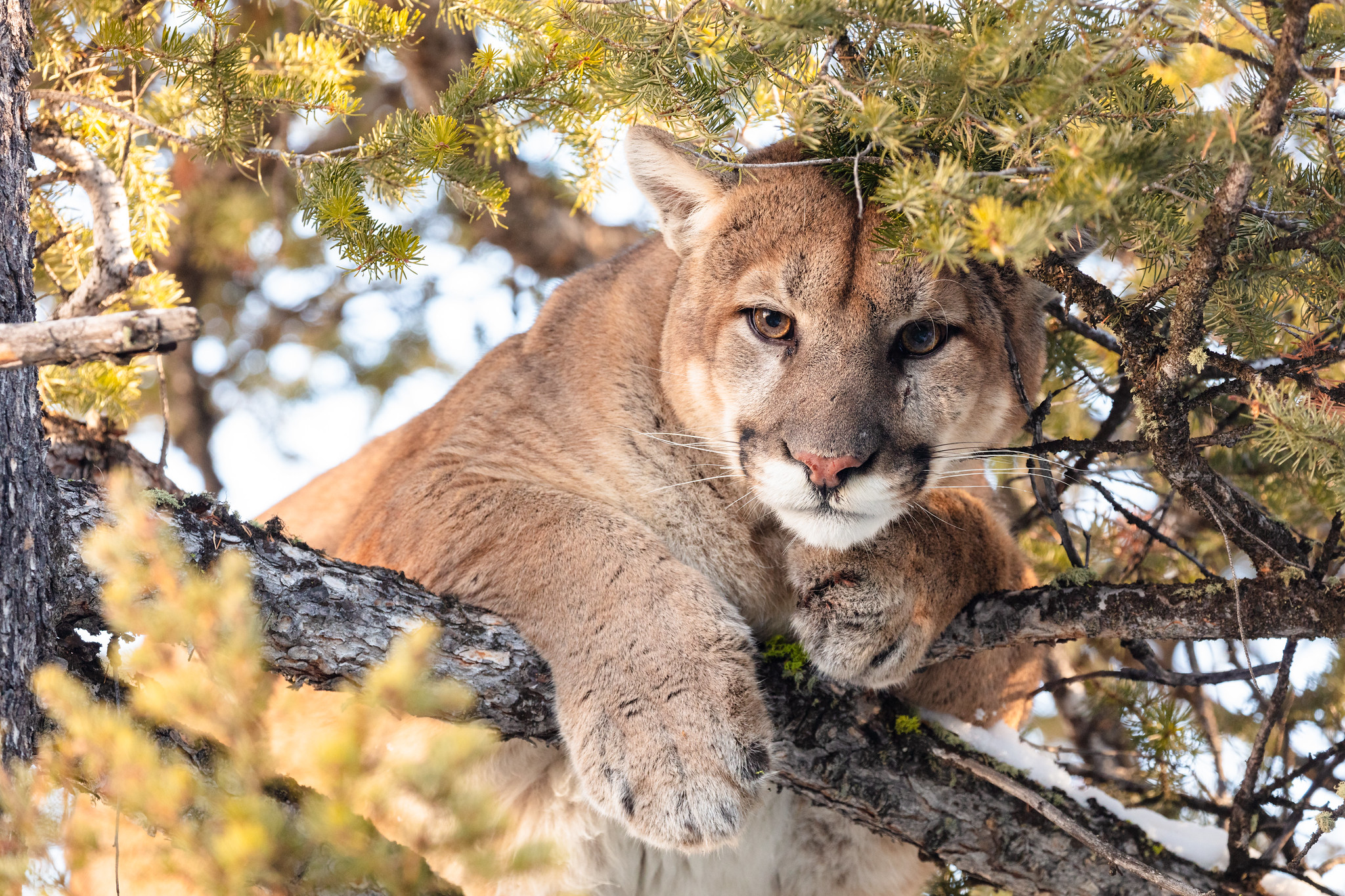
The mountain lion (Puma concolor), also known as the cougar, is one of the two largest cat species in North America and is a top predator native to Glacier. The subspecies in Glacier is the North American cougar (P.c. couguar).
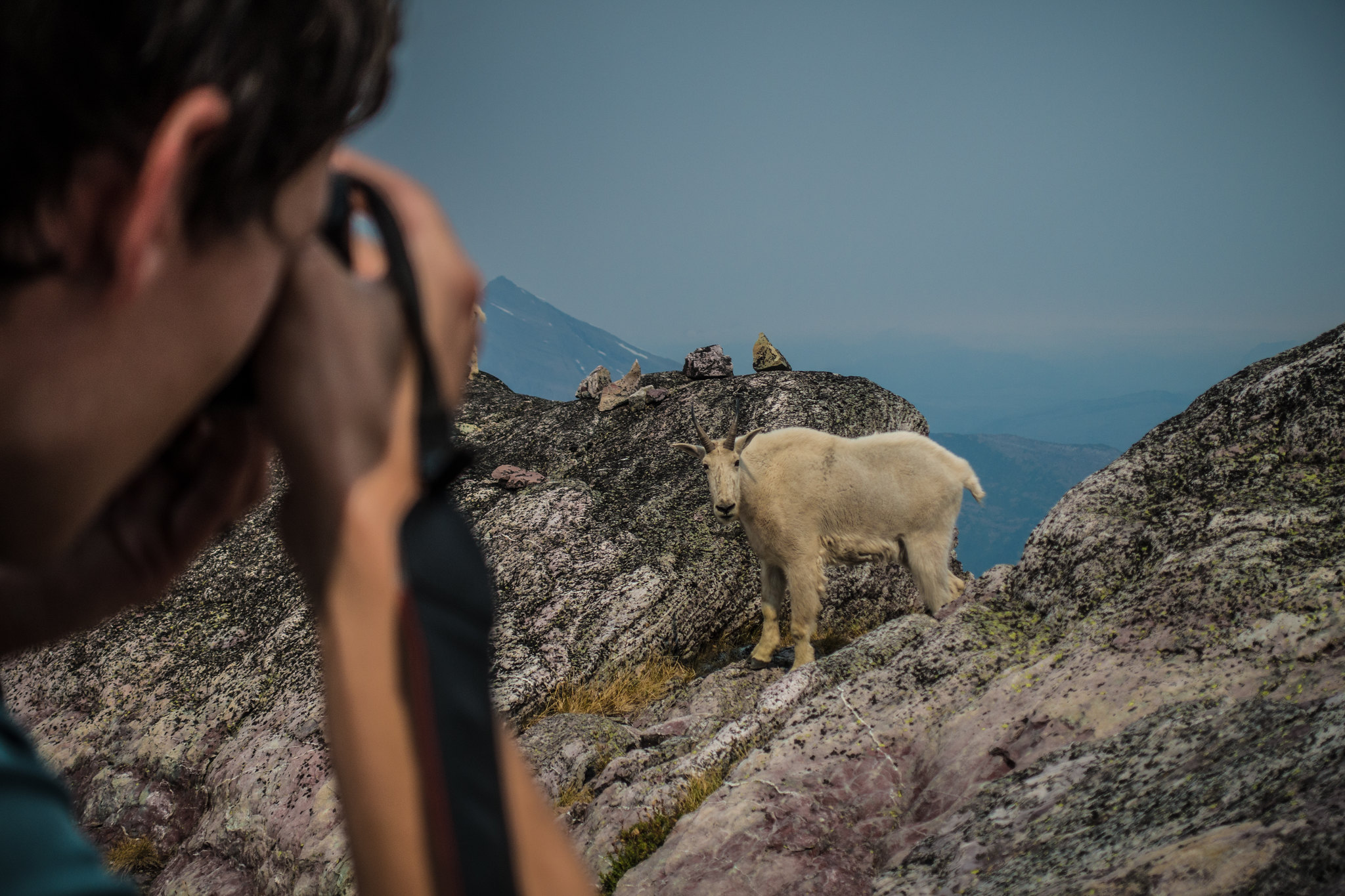
The mountain goat is one of the park's most inconic creatures. It is the only living member of its genus and is more closely related to caprines (the chamois of Europe and the gorals and serows of Asia) than to domesticated goats.
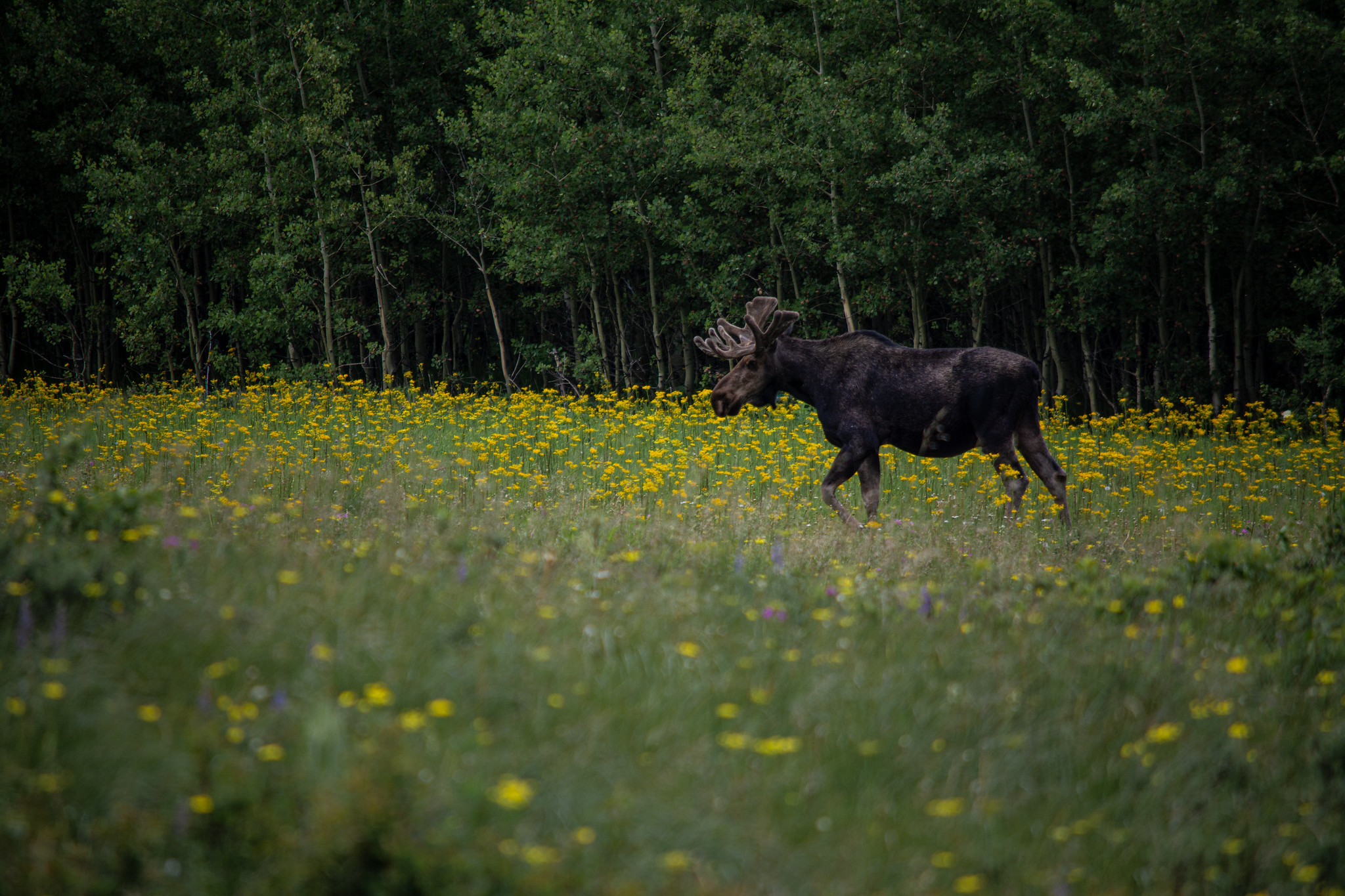
Four subspecies of moose (Alces alces) exist in North America. The subspecies in Glacier is the Shiras moose (A. a. shirasi) and is found in forested areas and willow flats from southeastern British Columbia to northern Colorado. Moose are better adapted to survival in deep snow than other ungulates in the park, and are usually solitary or in small family groups.
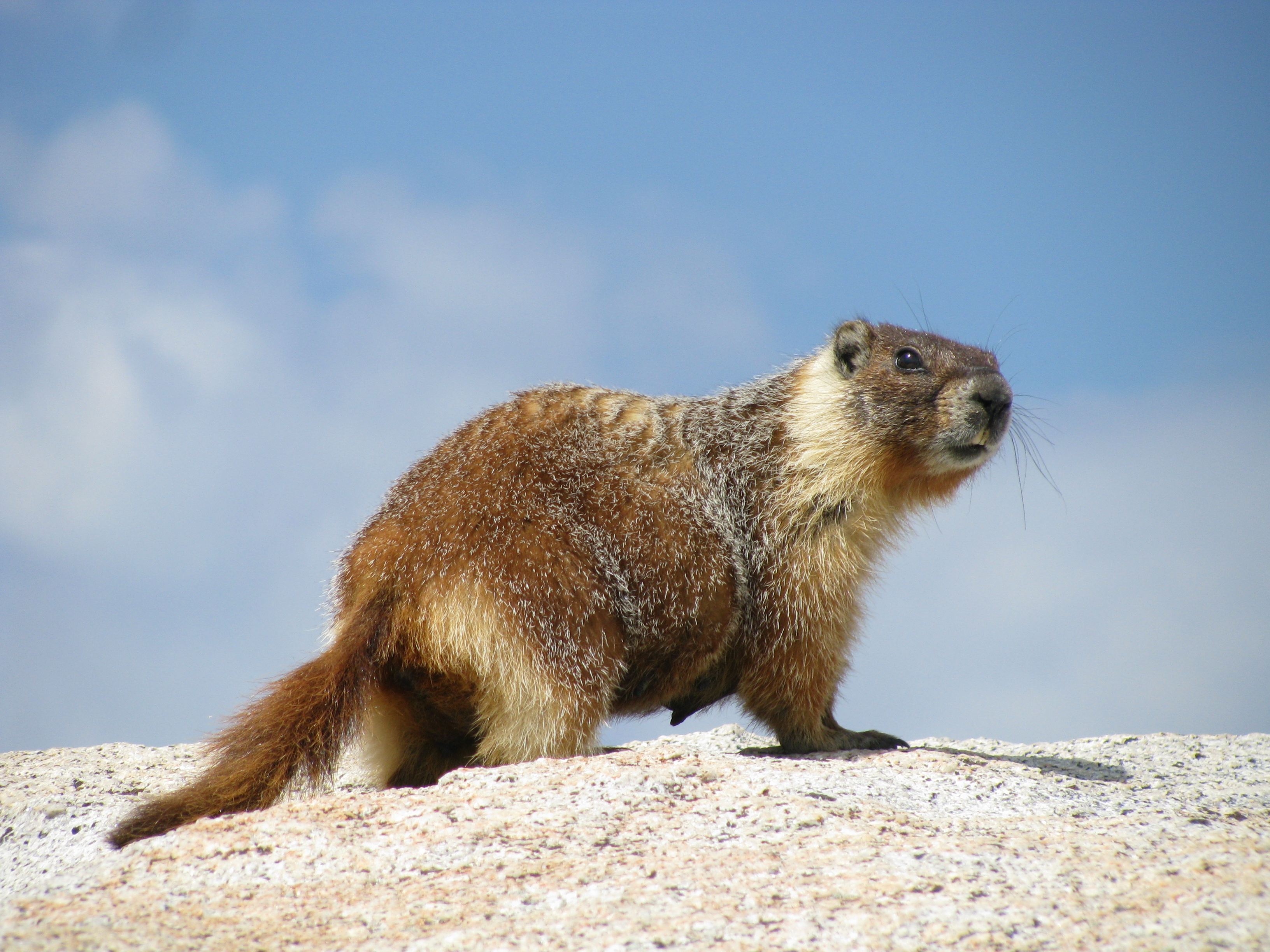
Marmots are one of the largest rodents in Glacier. Early settlers called them "whistle pigs" due to their vocalizations of loud whistles and "screams," which stem out of fear or excitement. They are typically active in the morning, late afternoon, and evening.
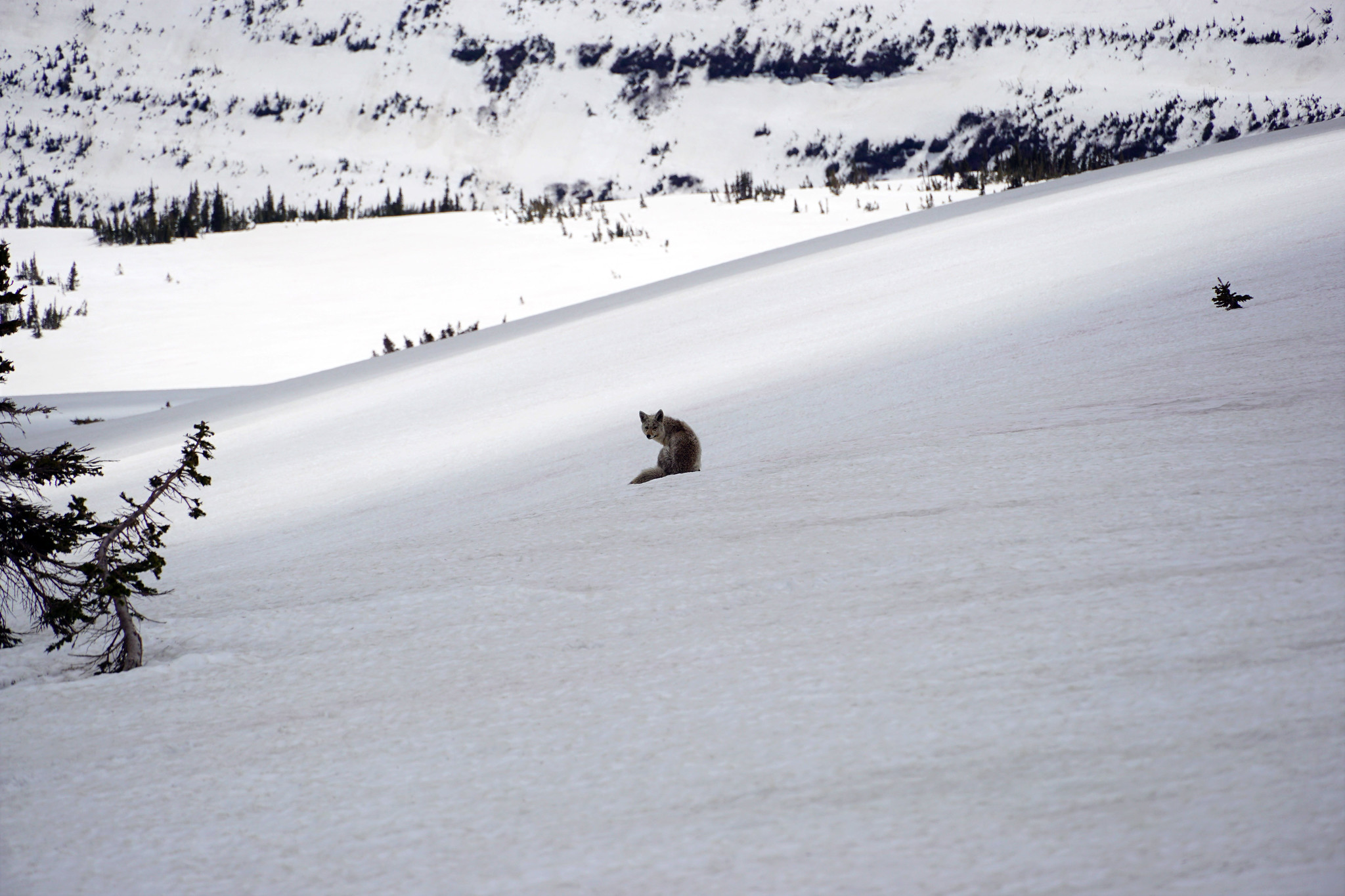
Coyotes (Canis latrans) are intelligent and highliy adaptable animals. The subspecies in Glacier is the mountain coyote (C. l. lestes). Often mistaken for a wolf, the coyote is about one third of the wolf's size, with a slighter build. Its coat ranges from tan to buff and sometimes gray, with some orange on its tail and ears.
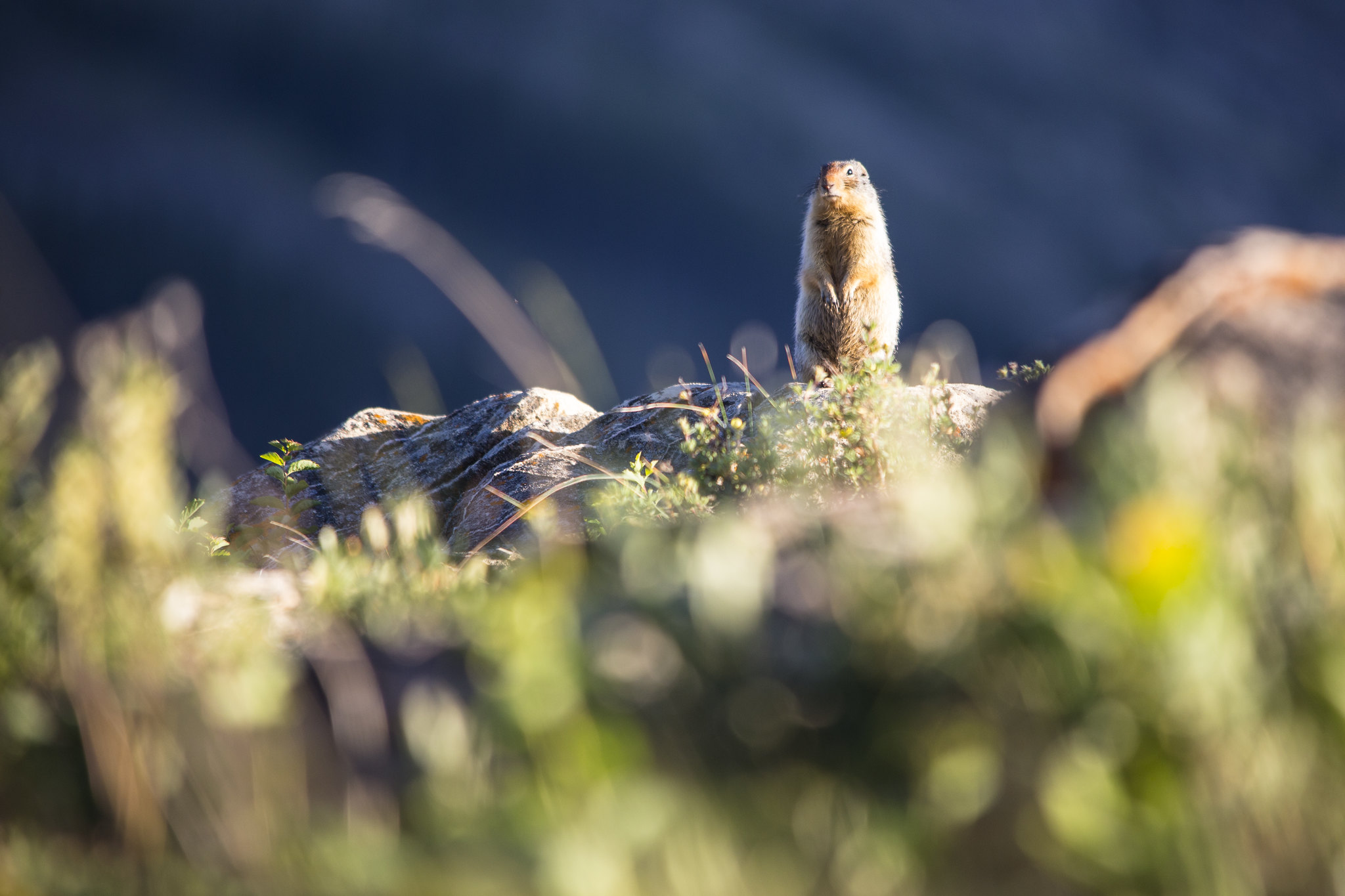
The Columbian ground squirrel has a well-developed colonial social structure. When they sense danger, they will make a shrill chirp as an alarm call. They are vulnerable to predators such as long-tailed weasels, hawks, coyotes, and grizzly bears.
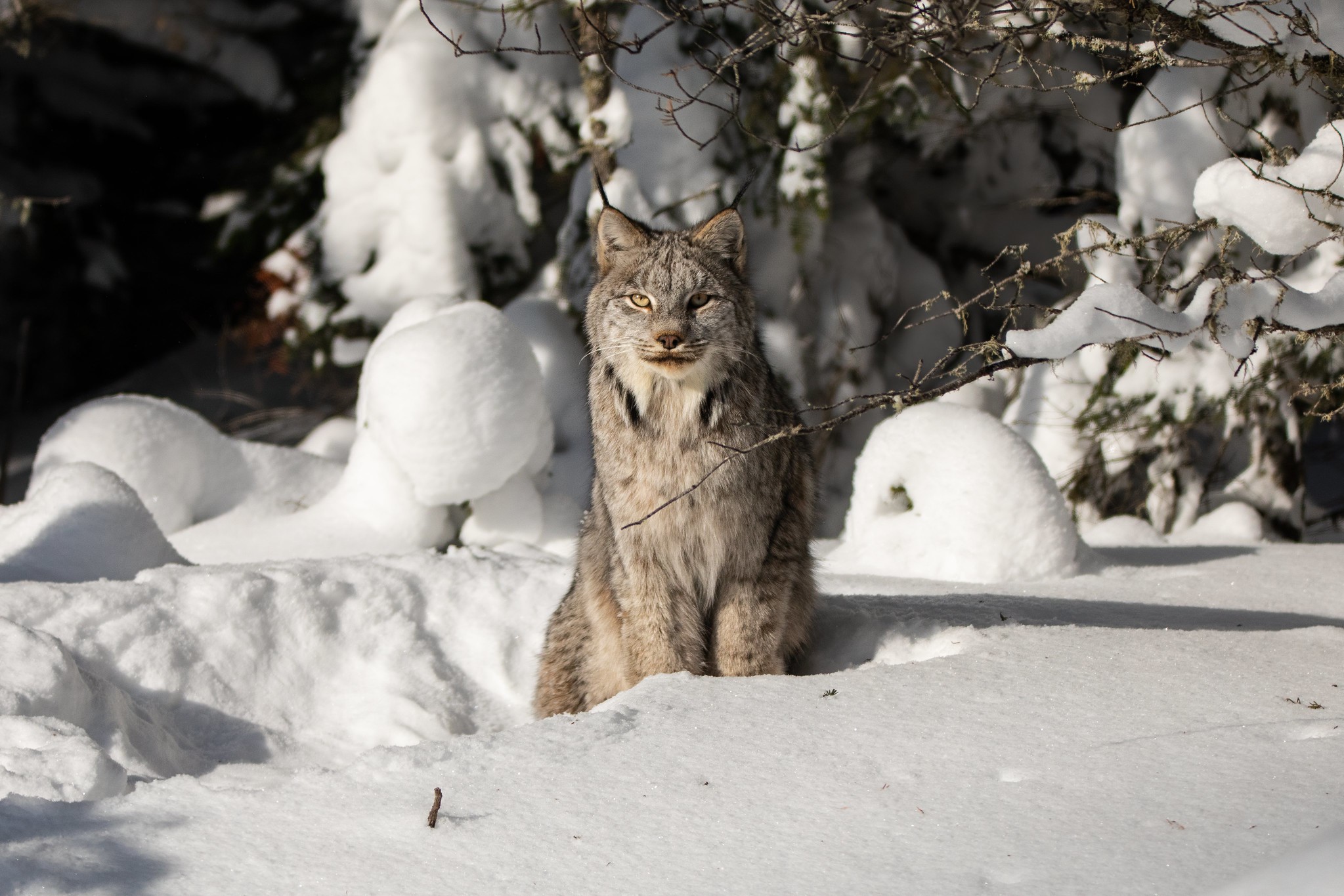
Canada lynx are similar to bobcats in appearance, but differ in several distinct ways. Lynx are grayer in color, with less distinctive spotting, and have much larger paws and longer ear tufts. The tail tip of a lynx is entirely black, while the tail tip of a bobcat has a white underside. In 2000, the US Fish and Wildlife Service listed the Canada lynx as threatened under the Endangered Species Act.
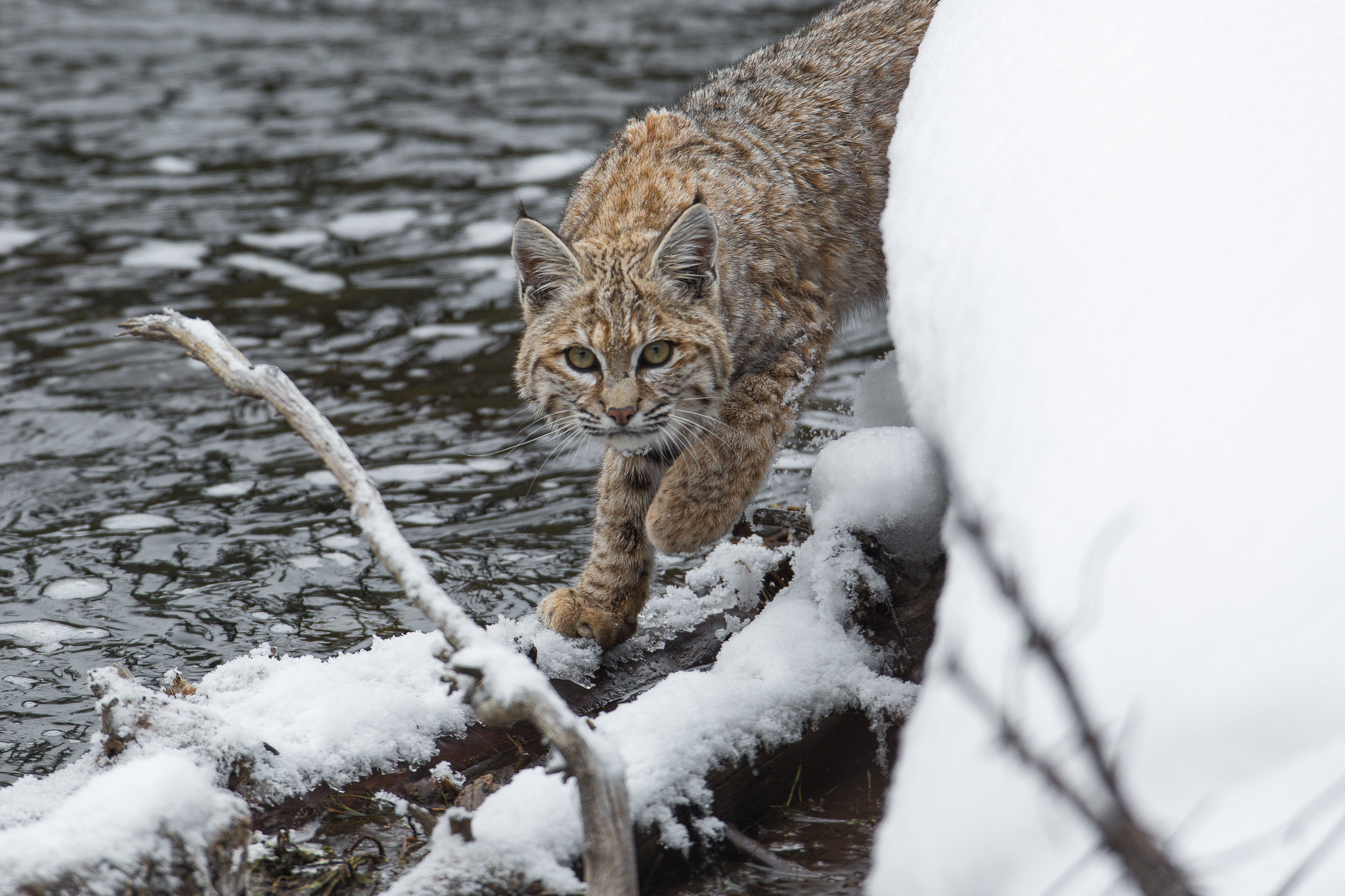
The bobcat has many color variations such as red-brown fur with indistinct markings or light buff with dark spotting. They are similar to the Canada lynx, but have shorter ear tufts and a short tail with several black rings that do not fully circle it and no black tip. Their tracks are about 2 inches (5 cm) from top to bottom.
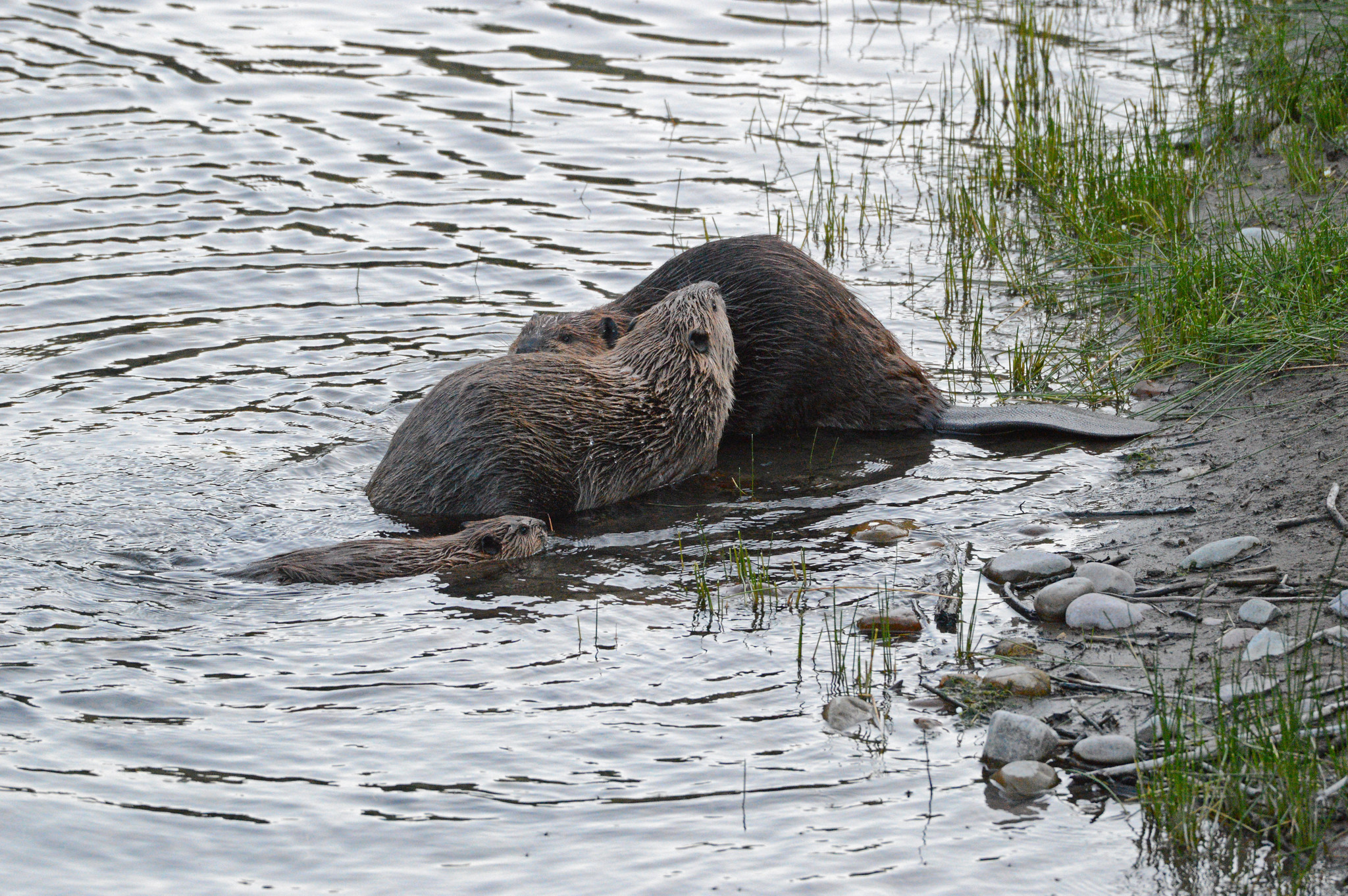
The North American beaver is the second largest rodent in the world behind the Capybara of South America. Found throughout the U.S. and Canada, these semiaquatic ecosystem engineers constuct dams and lodges that affect the hydrology and ecology of their surroundings. As a keystone species, their presence in riparian habitats affects all neighboring animal and plant life.
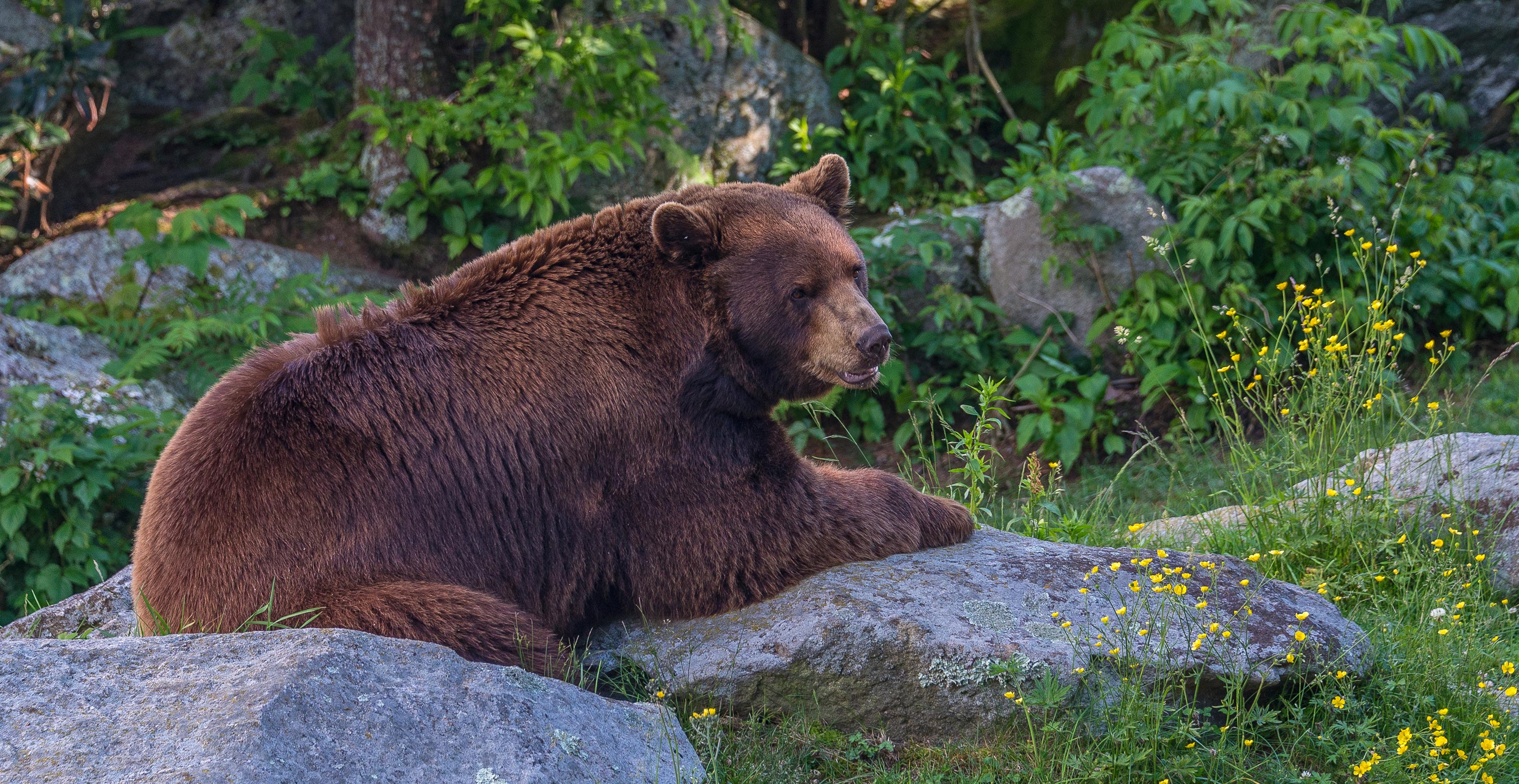
Glacier is home to two species of bears: grizzly bears (Ursus arctos horribilis) and black bears (Ursus americanus). Both species come in a range of colors from black to brown, reddish, or blond.
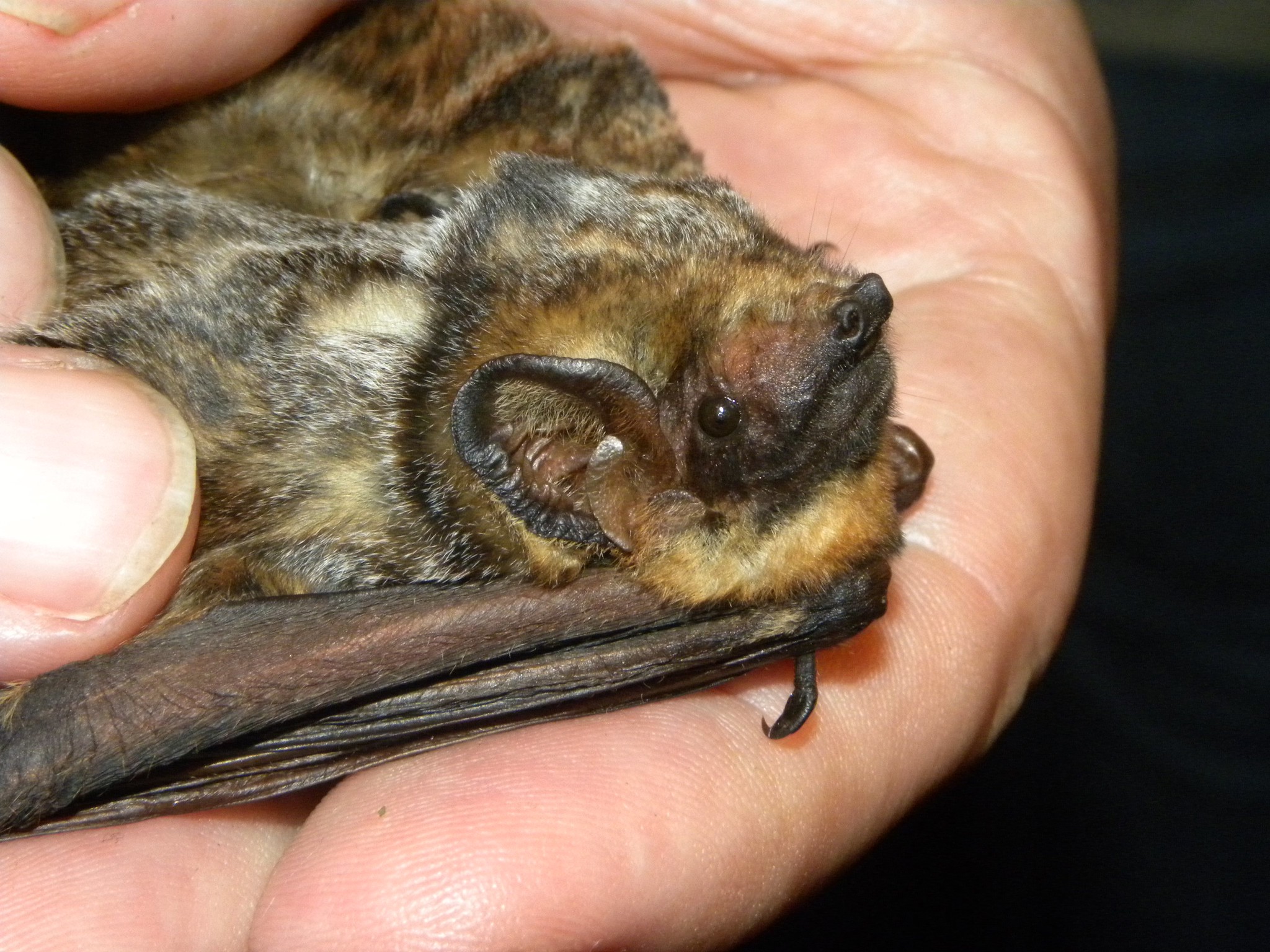
Bats are part of the mammalian order Chiroptera, which is ancient Greek for "hand wing." There are over 1,200 species of bats worldwide, with 9 species that call Glacier National Park home. All of Glacier's bat species are insectivores (insect-eaters).

View wildlife across Glacier National Park's vast landscapes. The diversity of habitat types creates opportunities for a wide range of animals. Find more information on everything from the large and majestic elk of the prairies, to the small stonefly of glacier-fed streams on Glacier National Park's website.
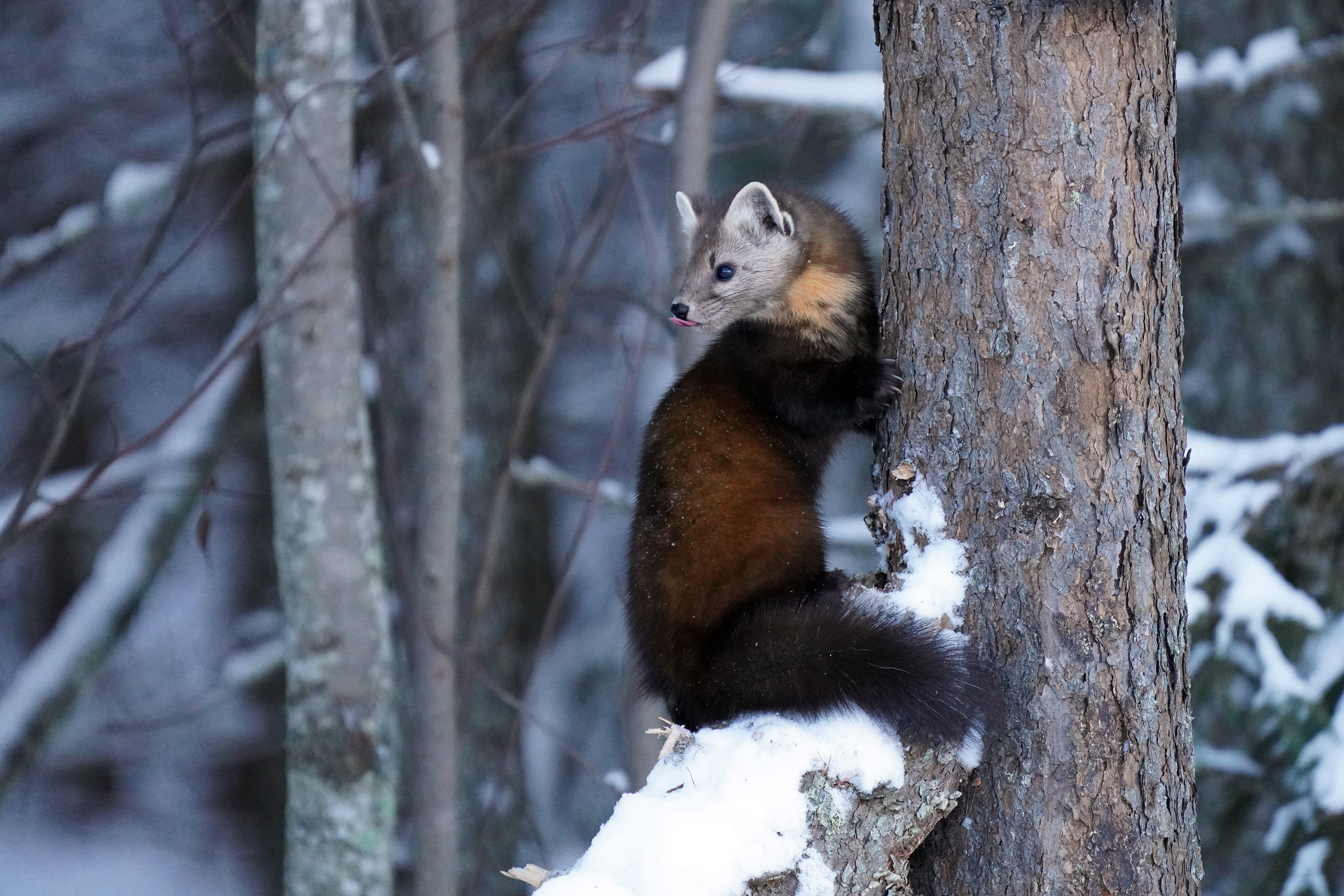
Martes americana The American marten, also called a pine marten, is part of the weasel family. Pine martens have short limbs and a long, bushy tail. They are light to dark brown or black with a throat patch that is an irregular shape and size, with ranges in color from buff to bright orange.
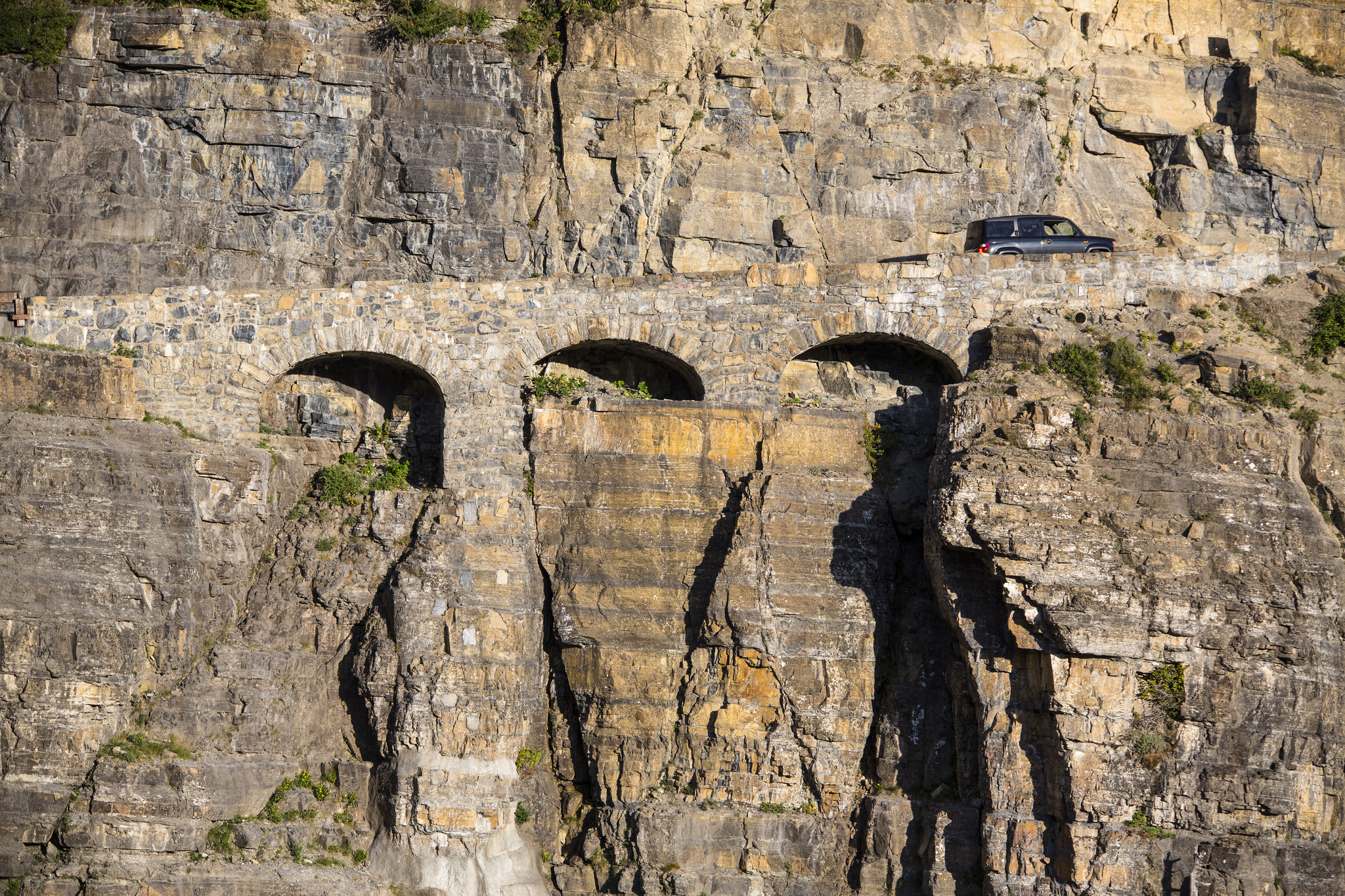
A drive across this engineering marvel has been a quintessential part of any trip to Glacier since the 1930s.
3-8 Hours
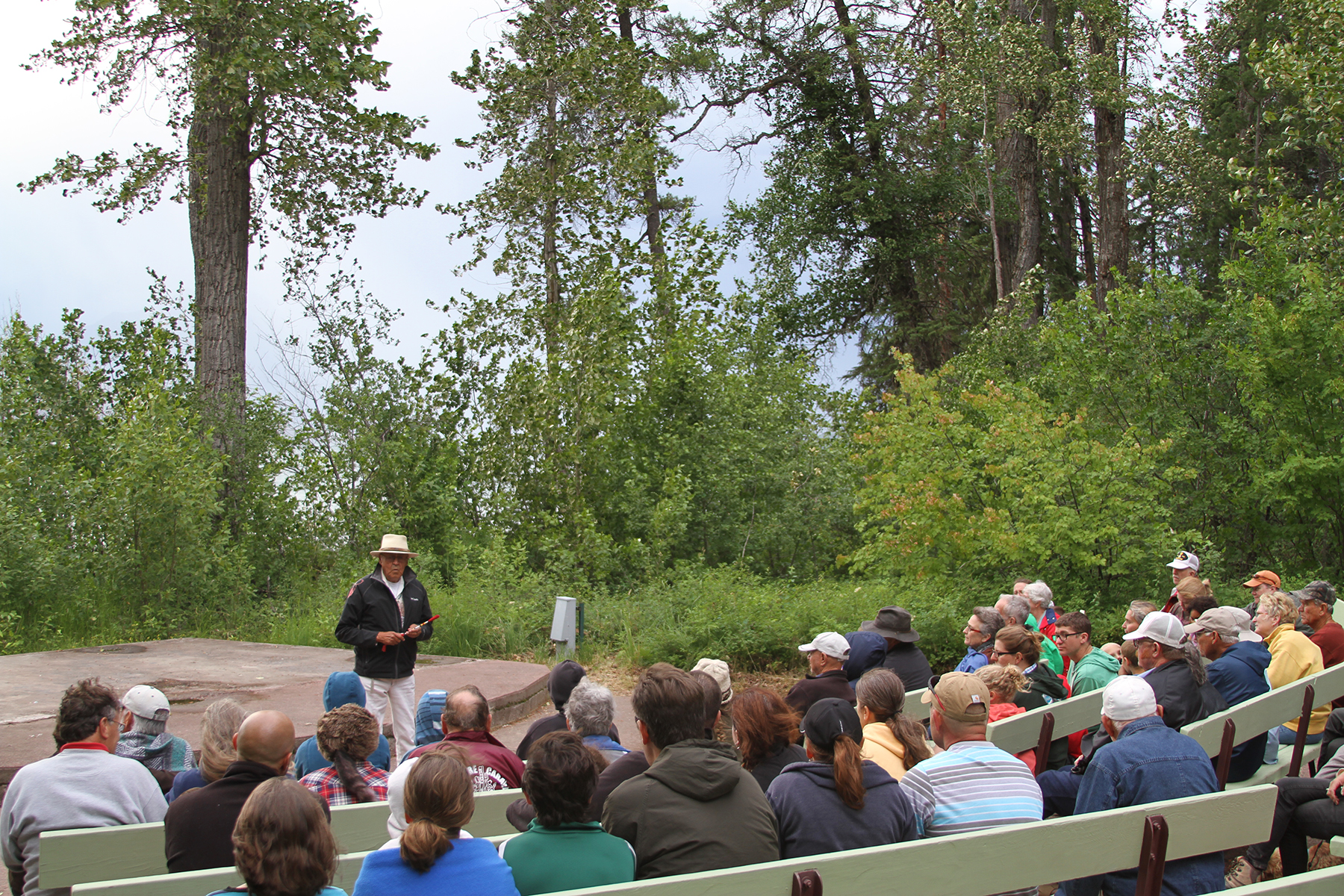
Evening programs are a chance for rangers to help visitors find amazing meaning in specific park resources.
30-60 Minutes
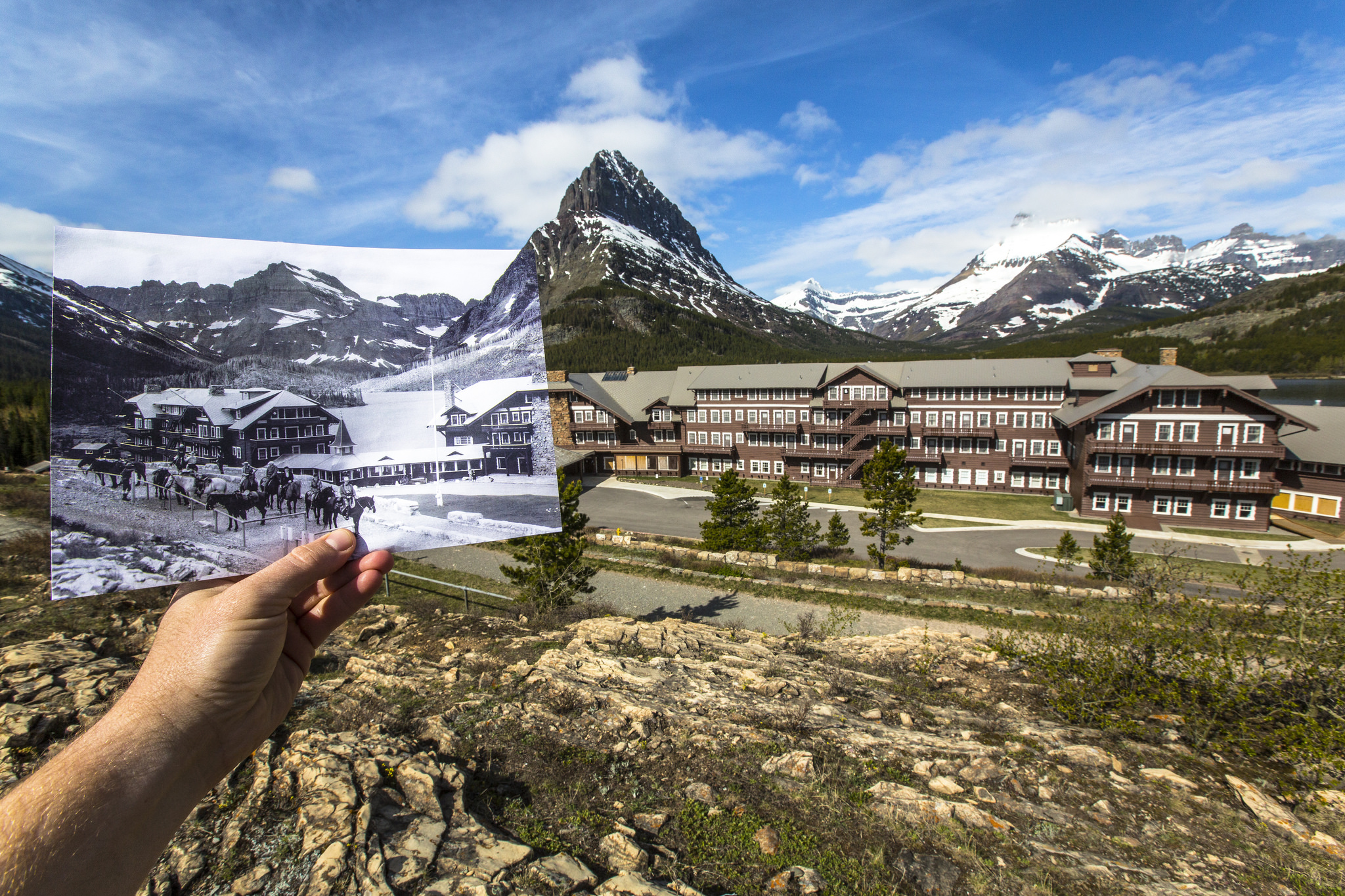
Step inside one of the historic lodges and pretend you are a traveler on the Great Northern Railway in the 1910s.
1-3 Hours
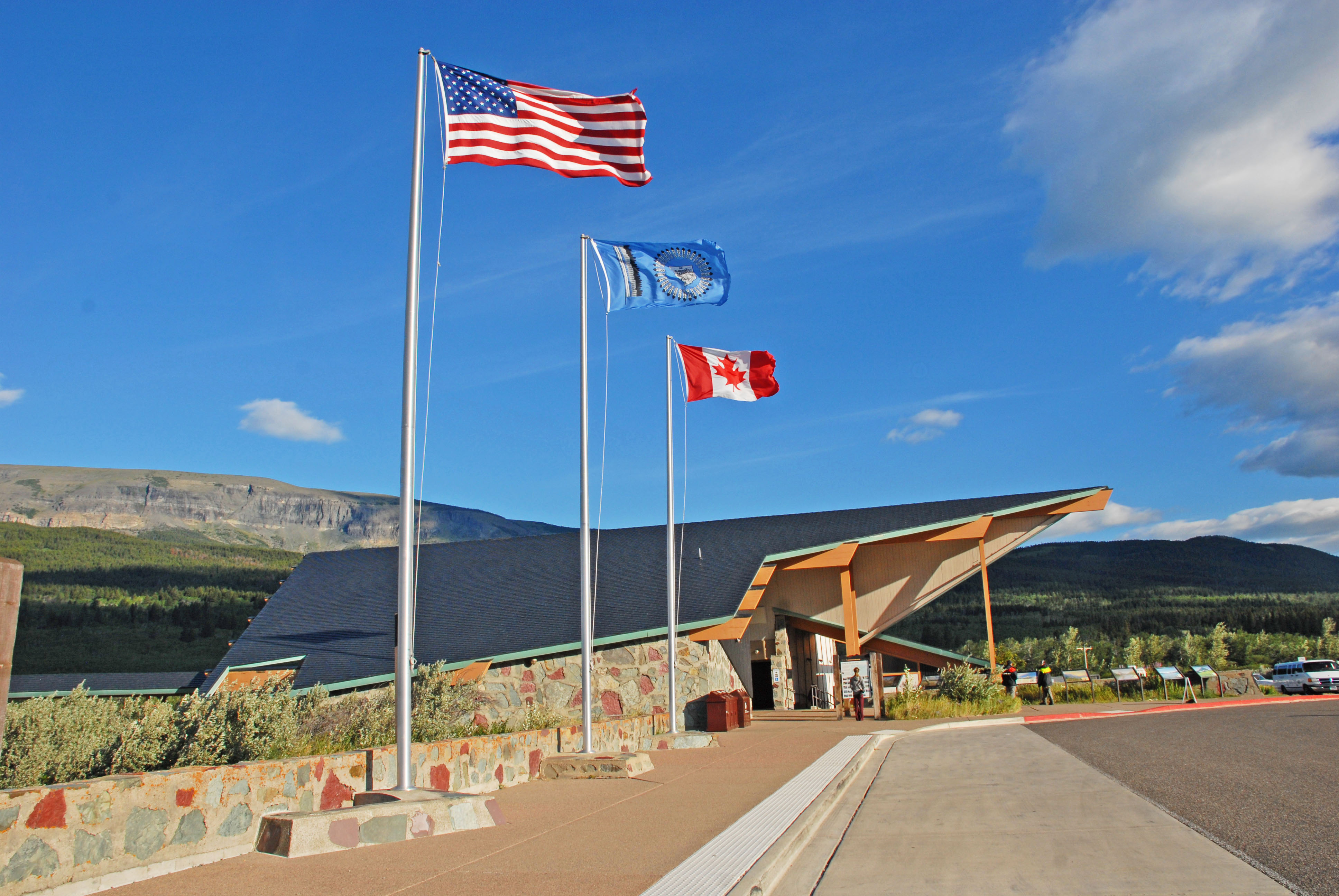
These visitor centers are worth a stop for the information and exhibits provided, as well as their historic architecture.
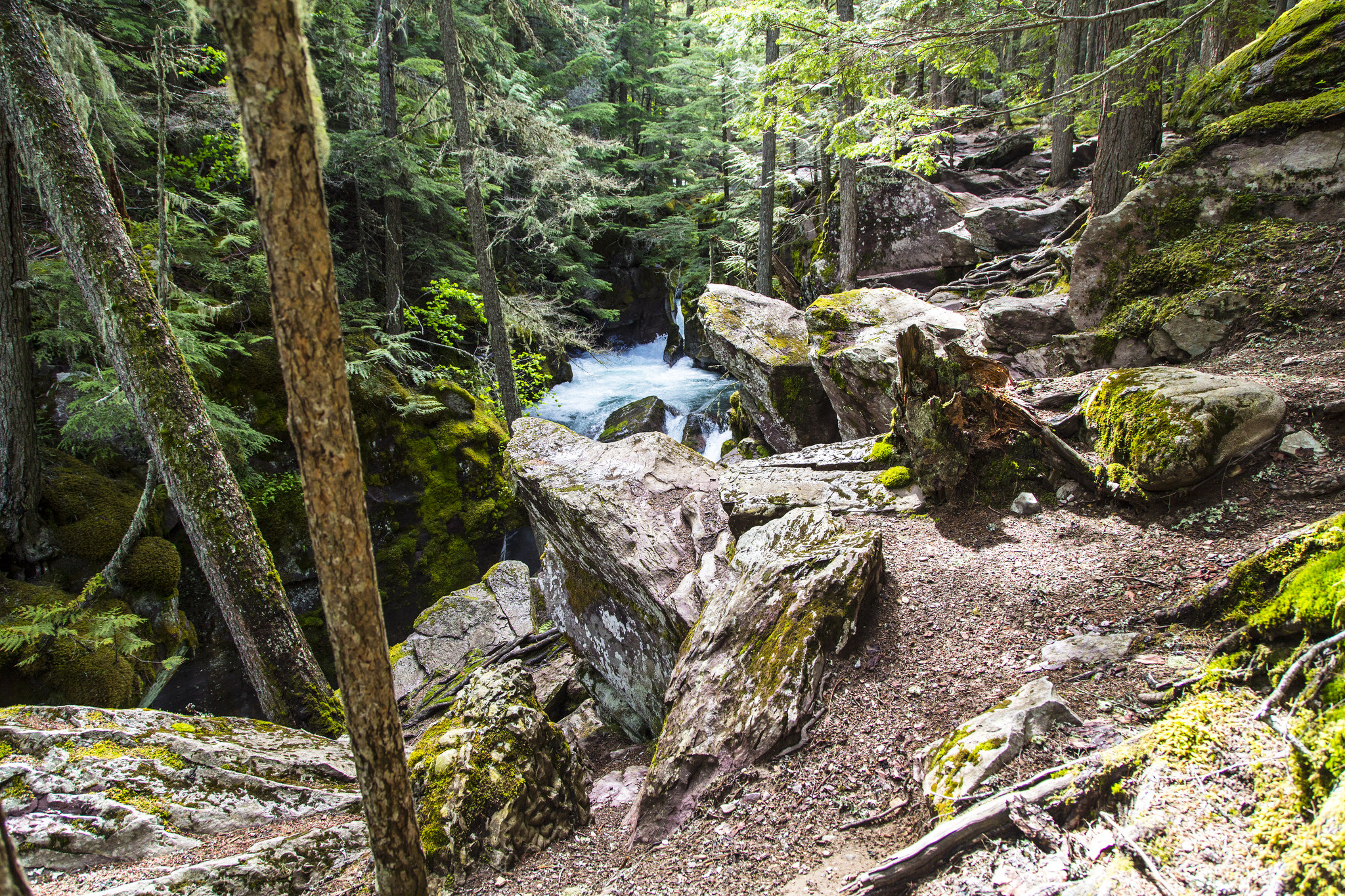
Glacier is a hiker’s paradise. Spend part of your day on one of these 3-5 hour hikes.
3-5 Hours
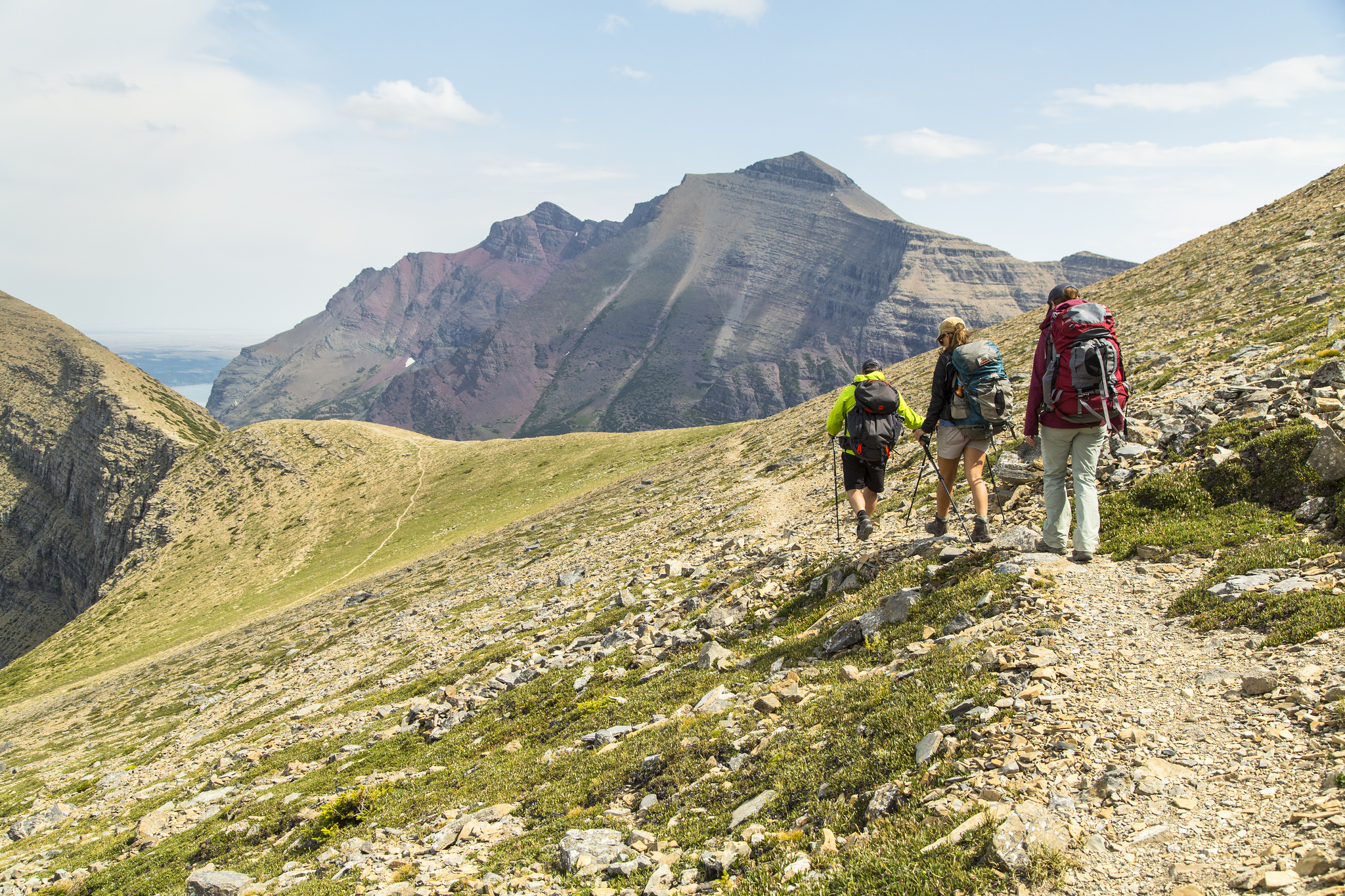
Glacier is a hiker’s paradise. Spend your whole day in nature on one of these popular trails.
5-12 Hours








































